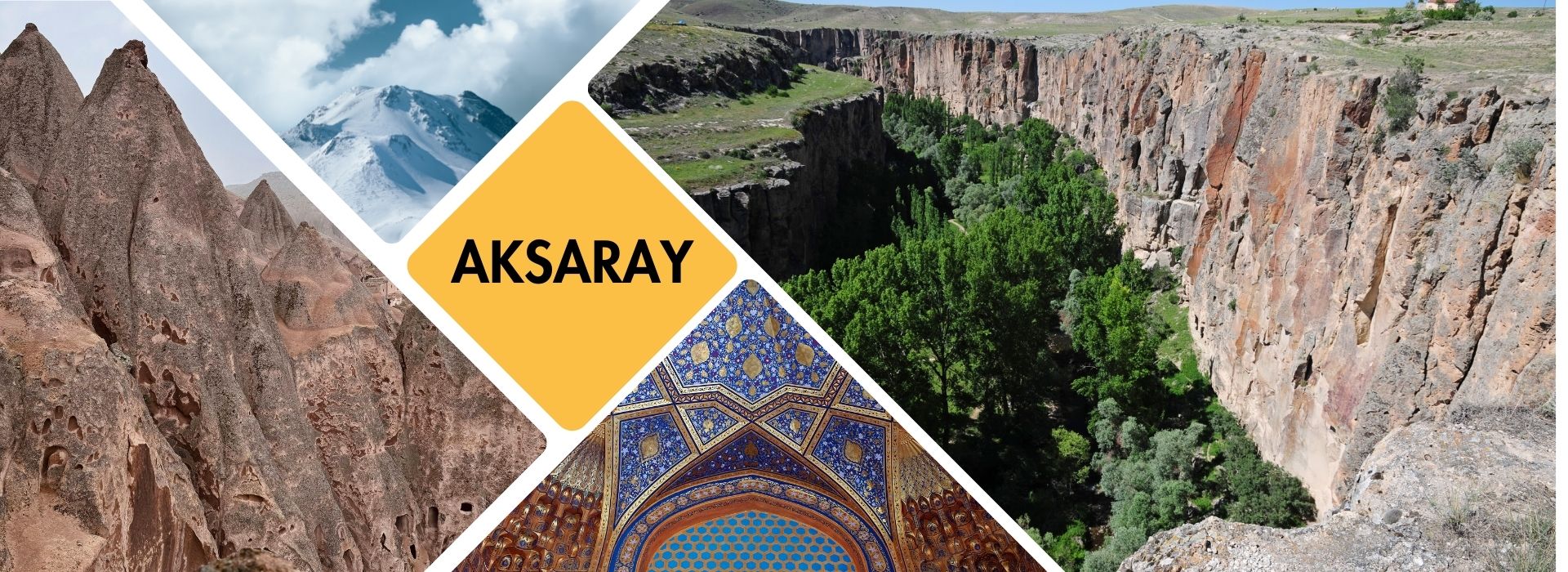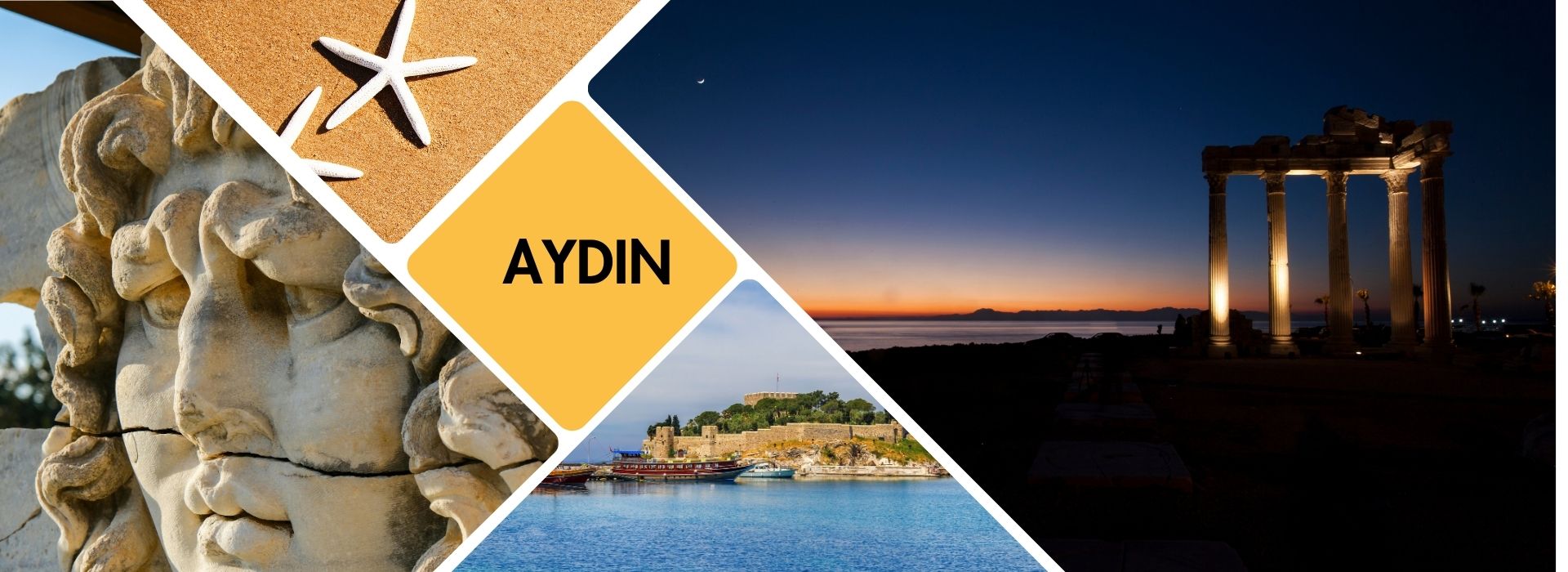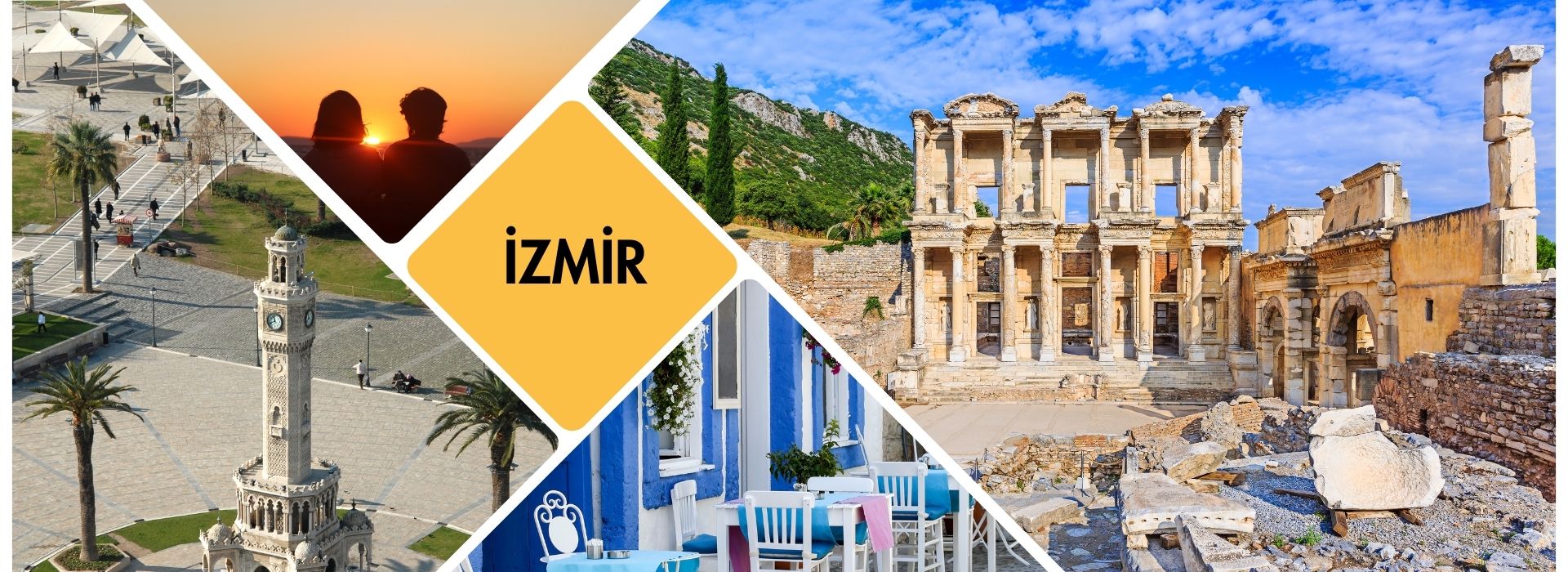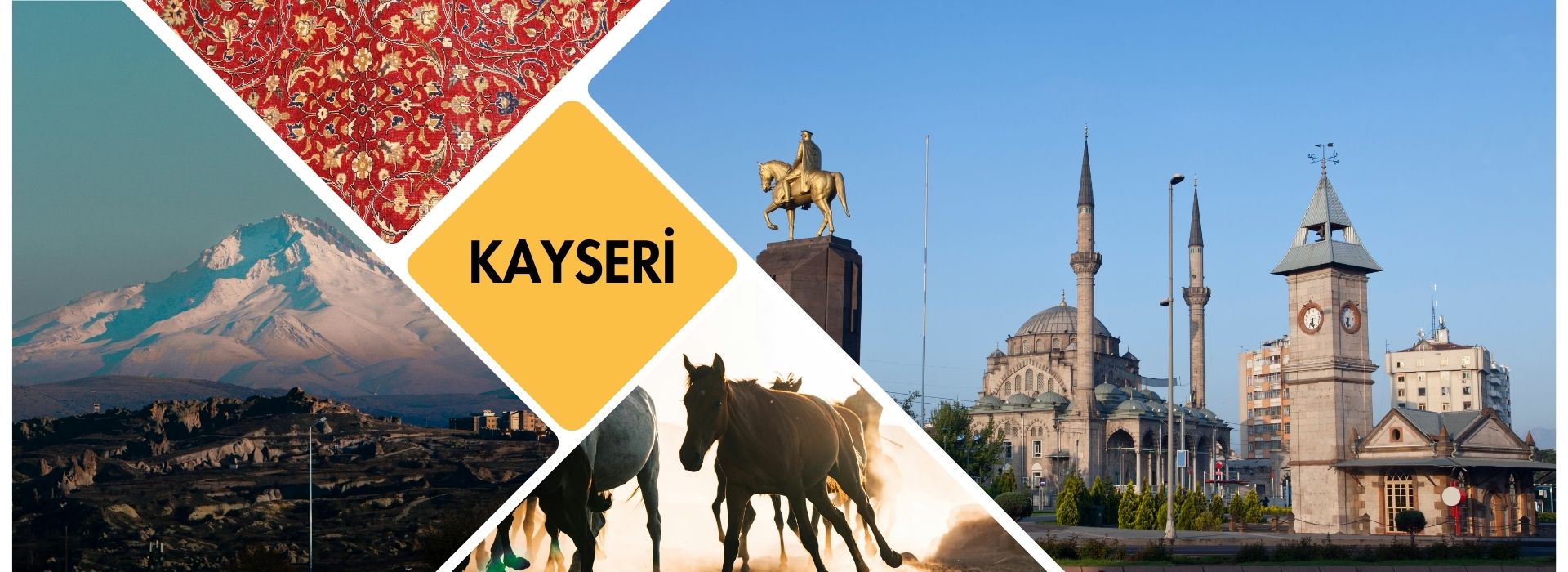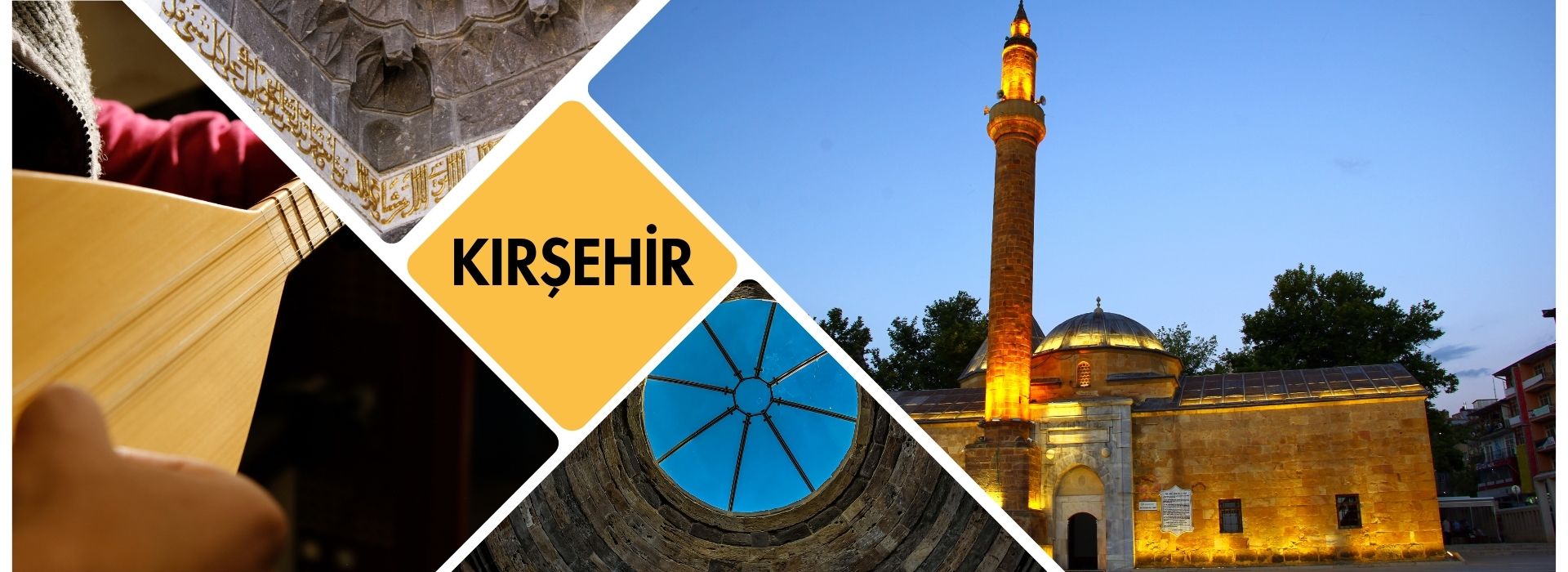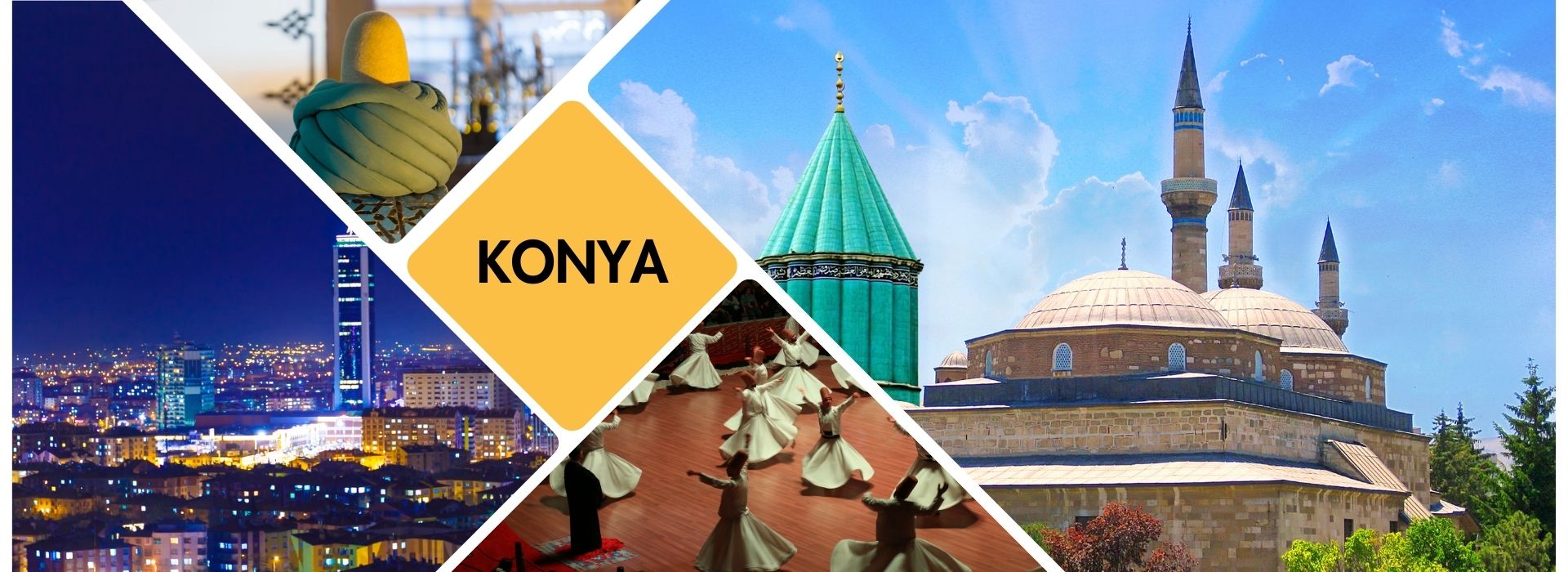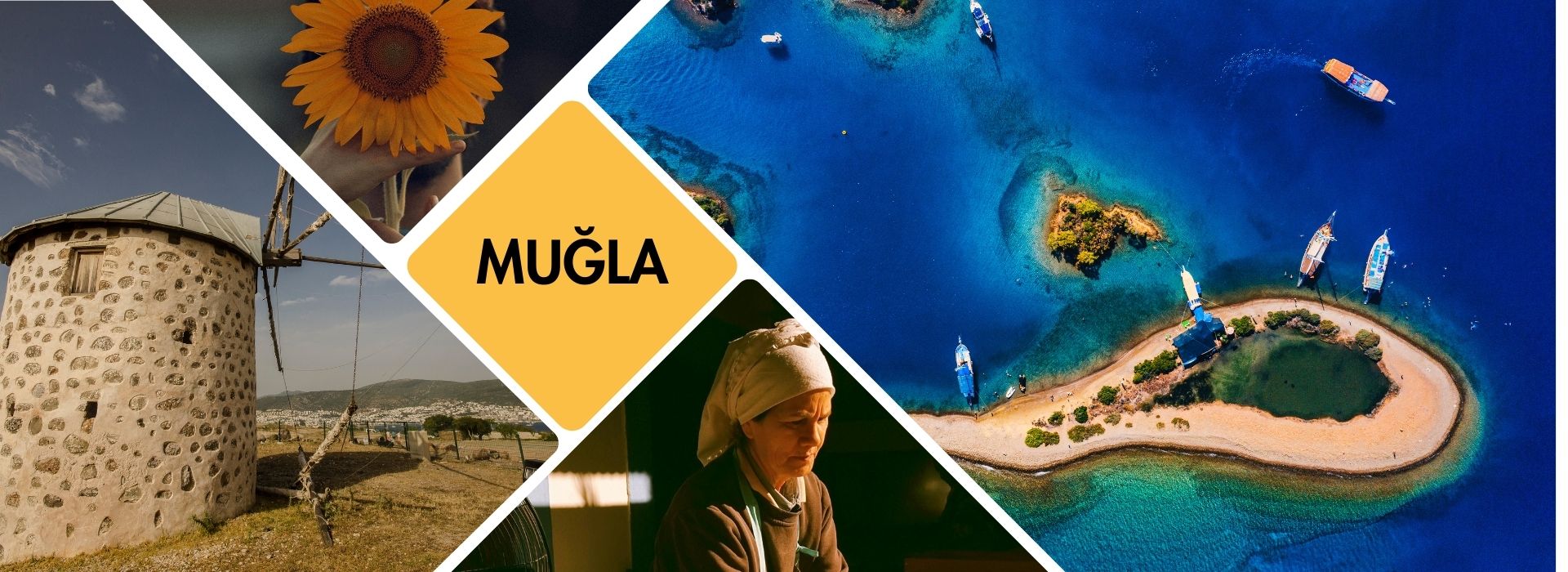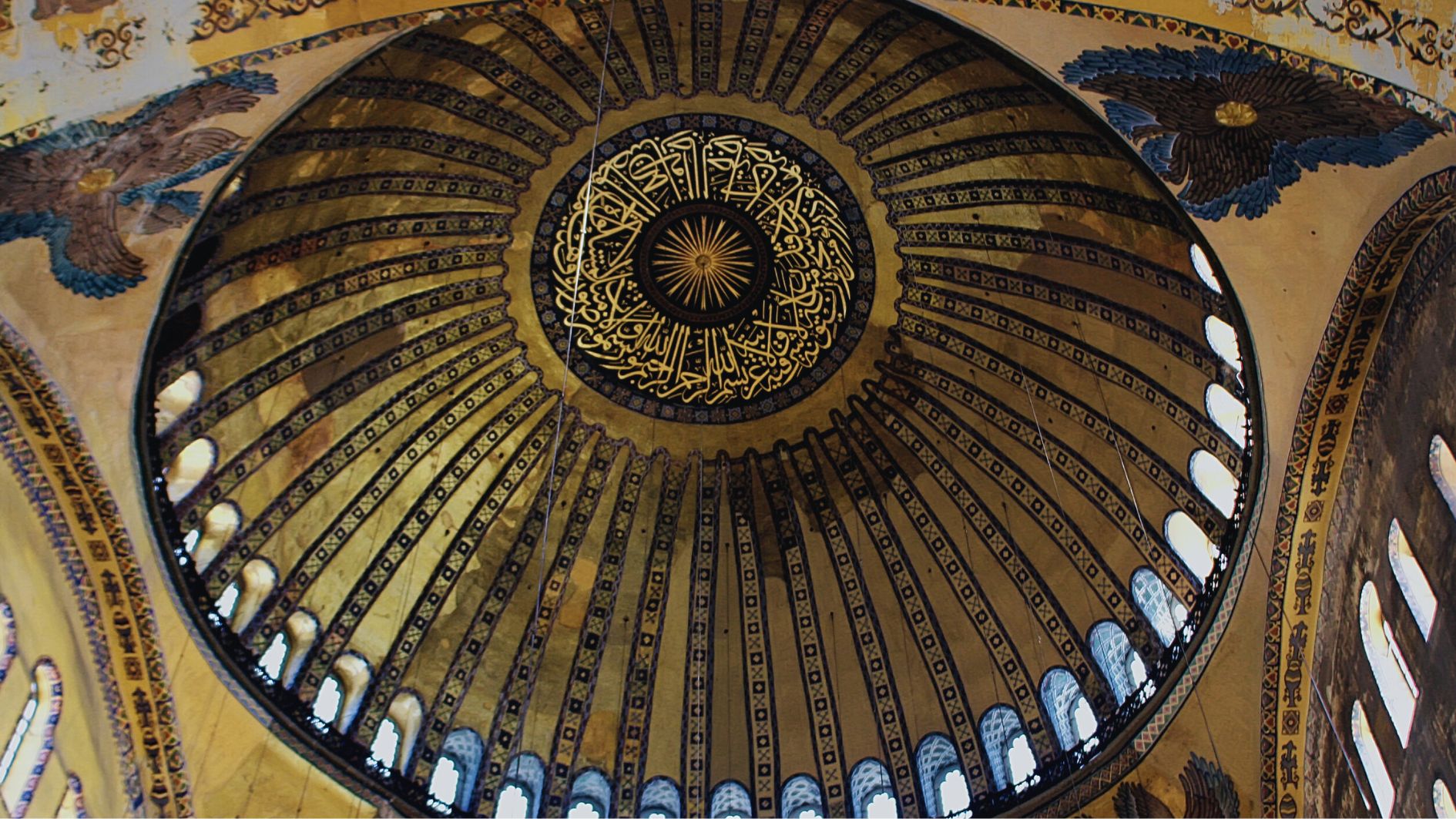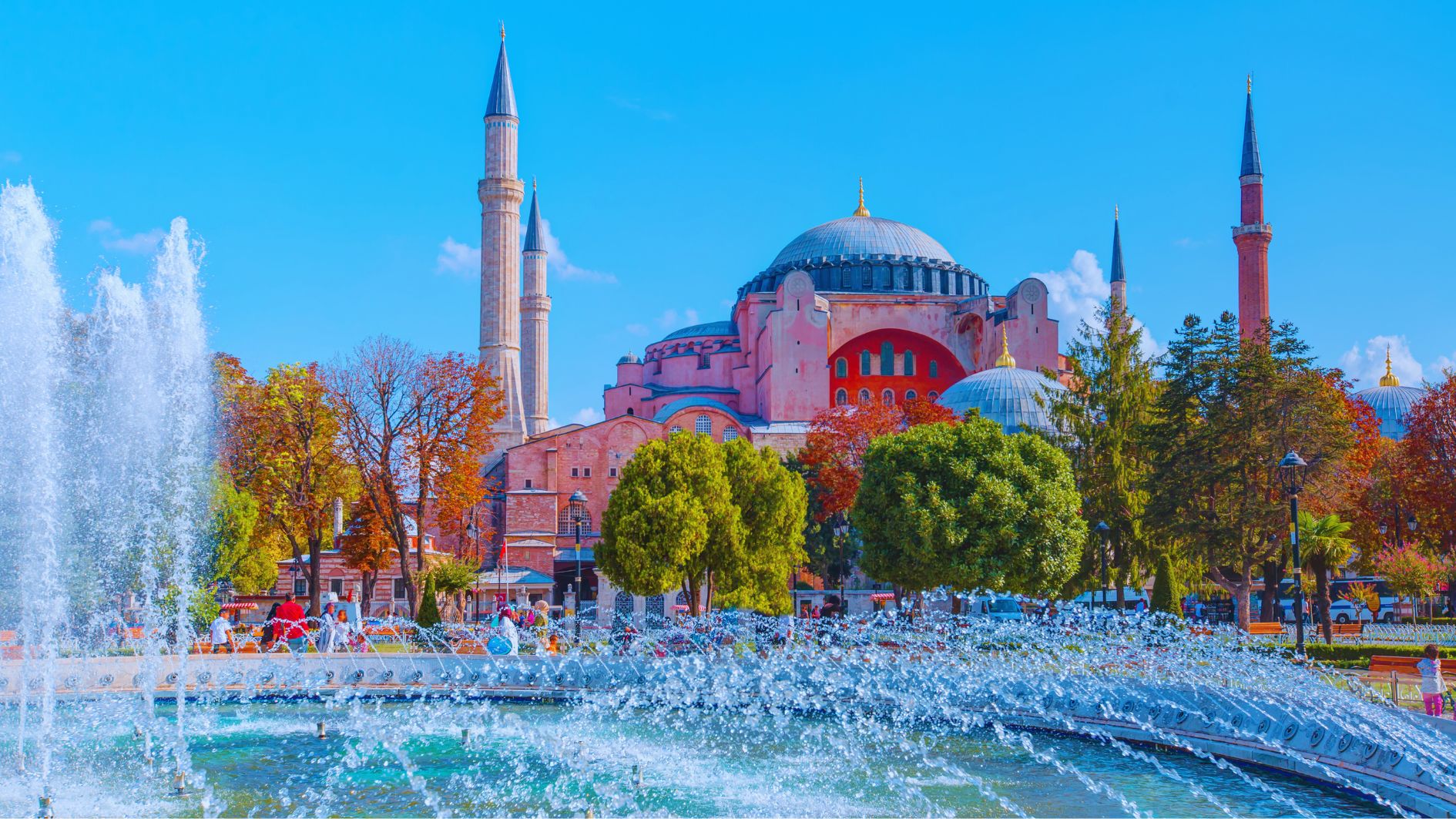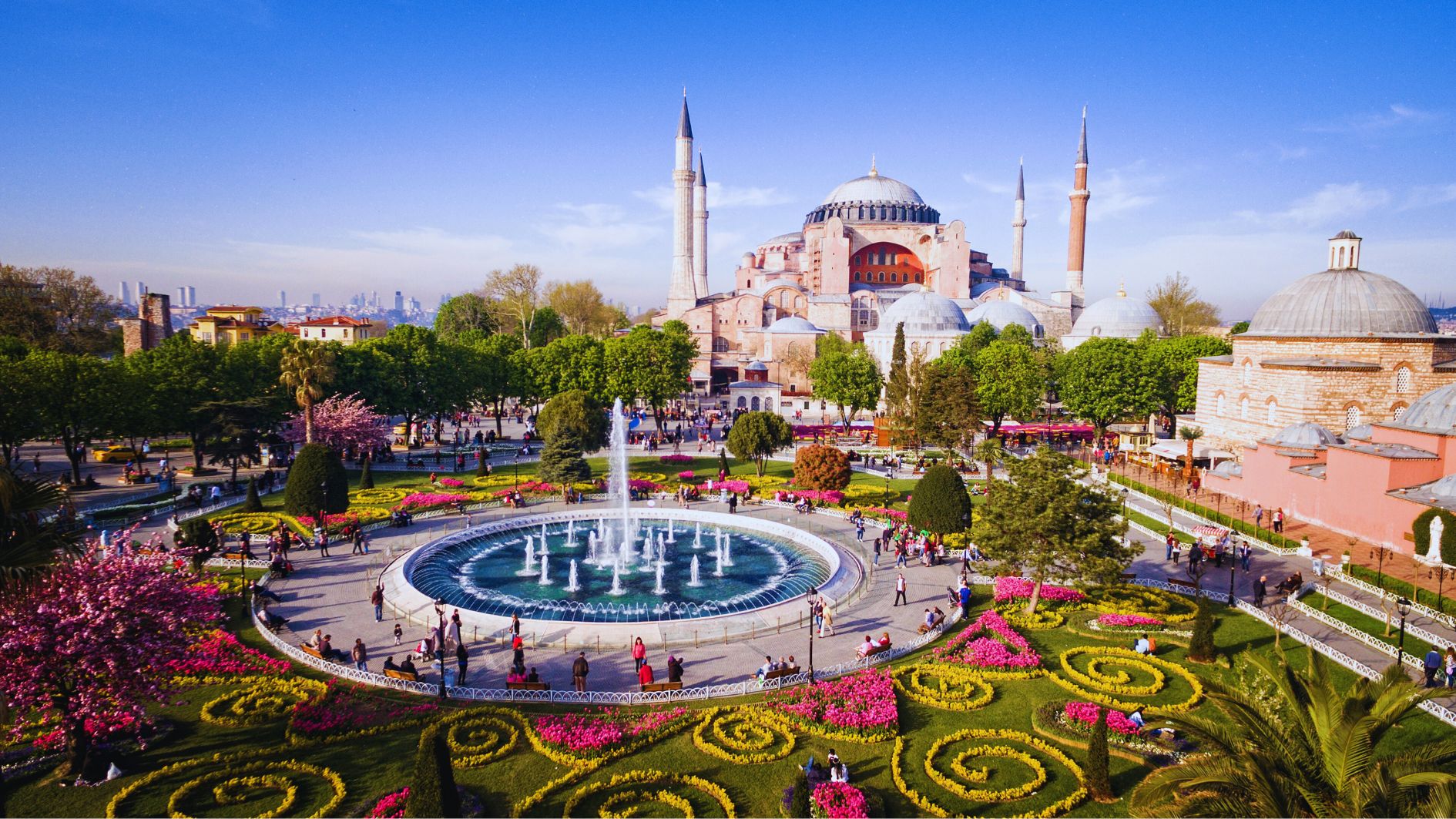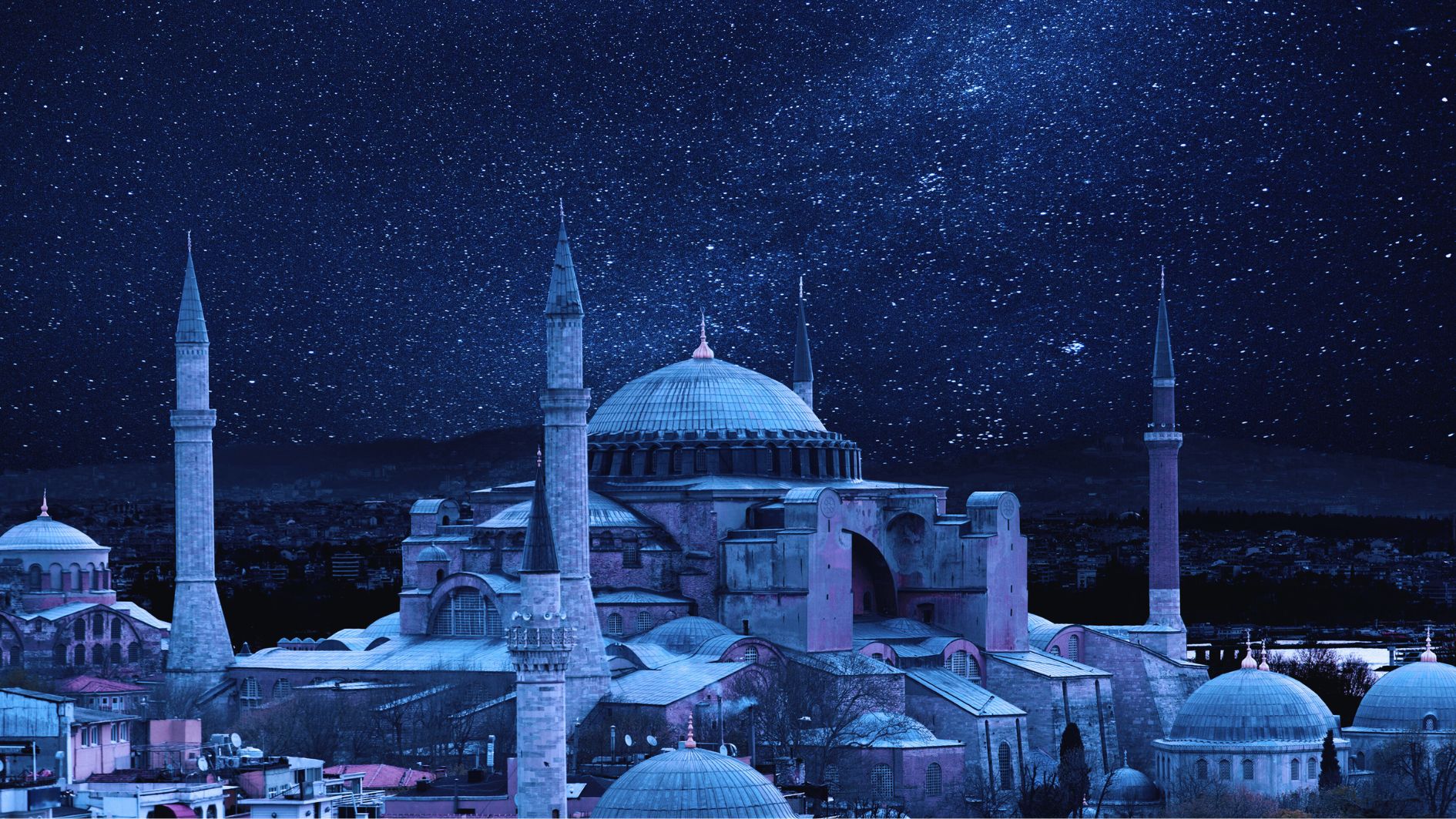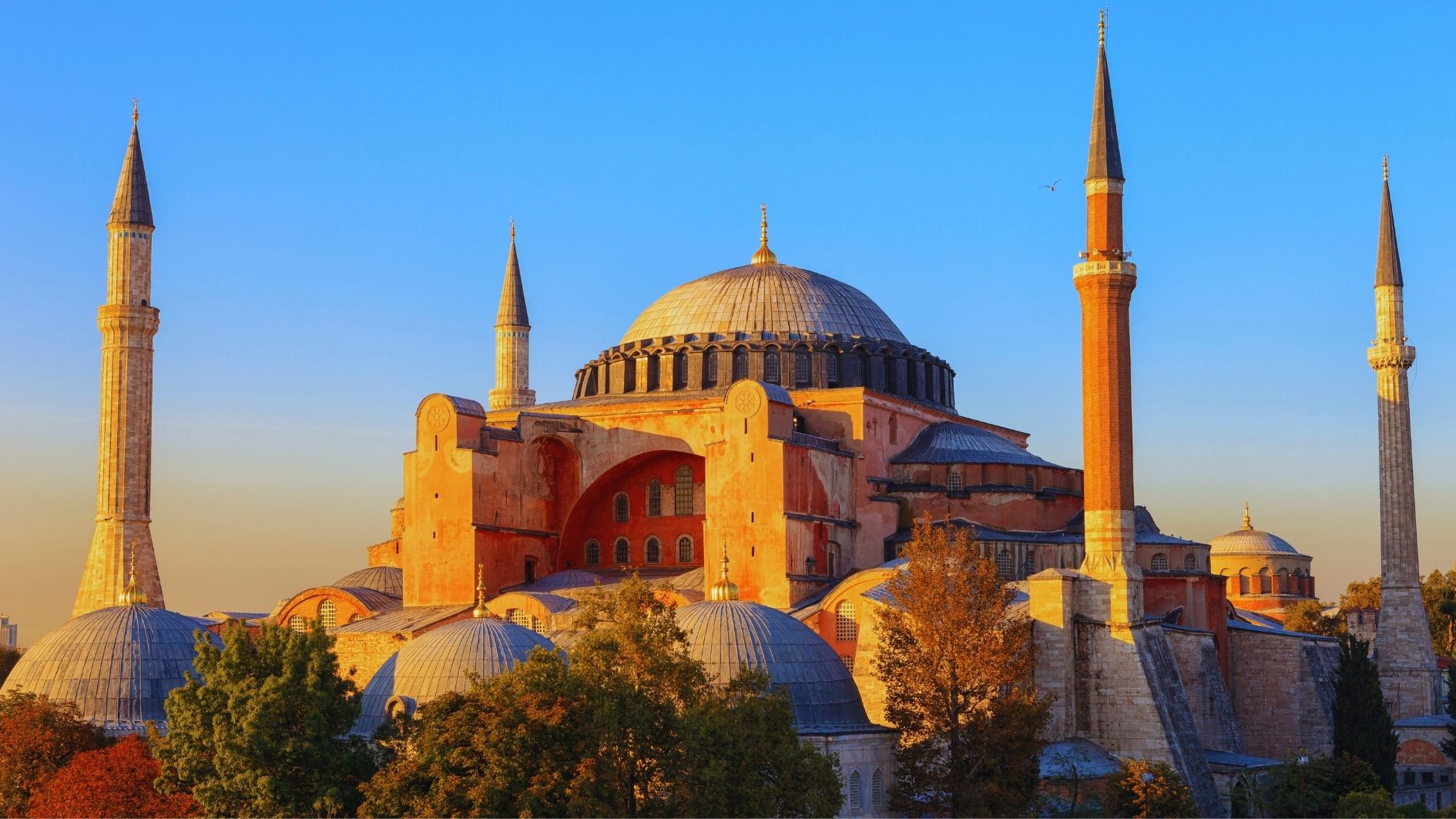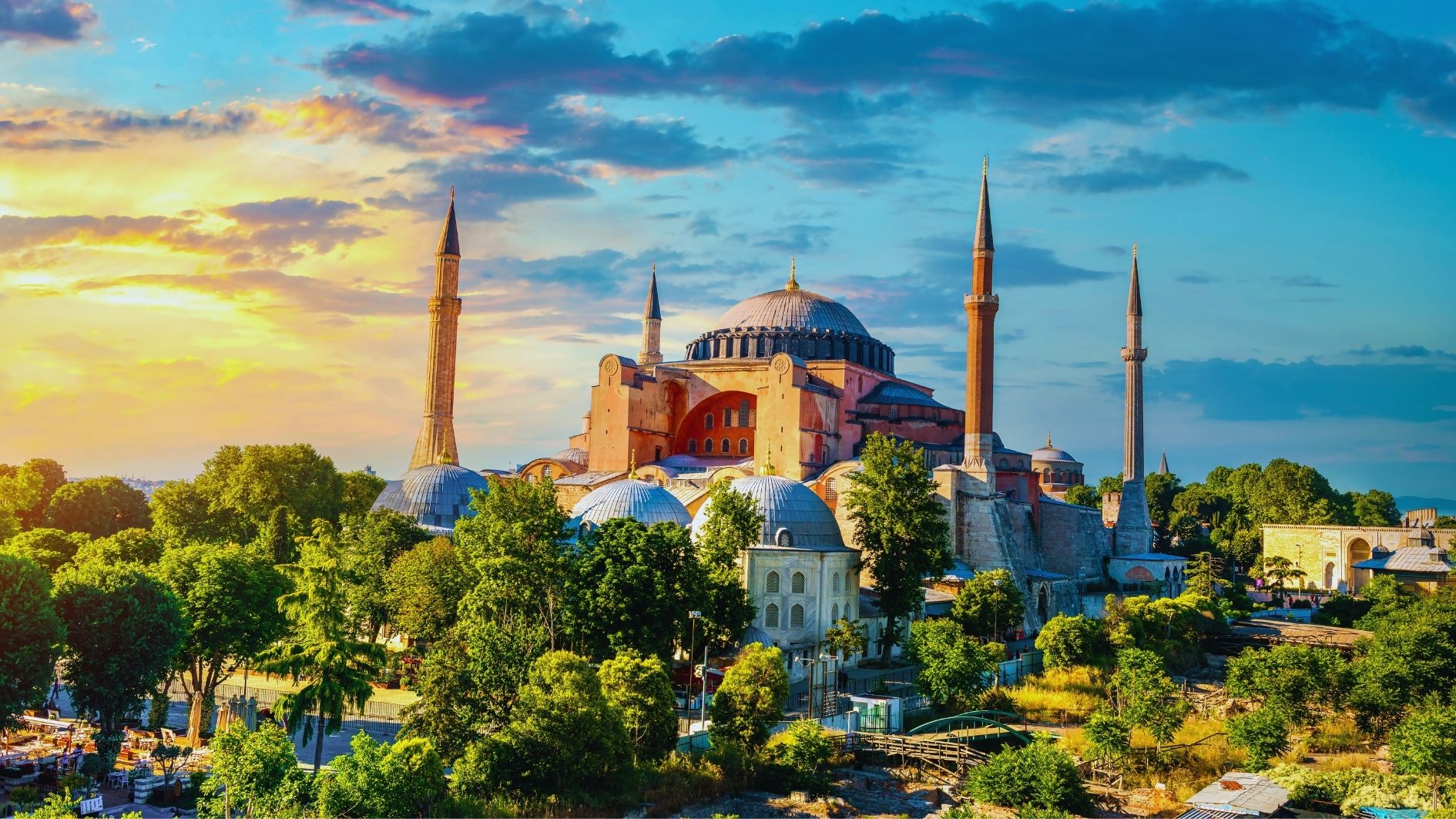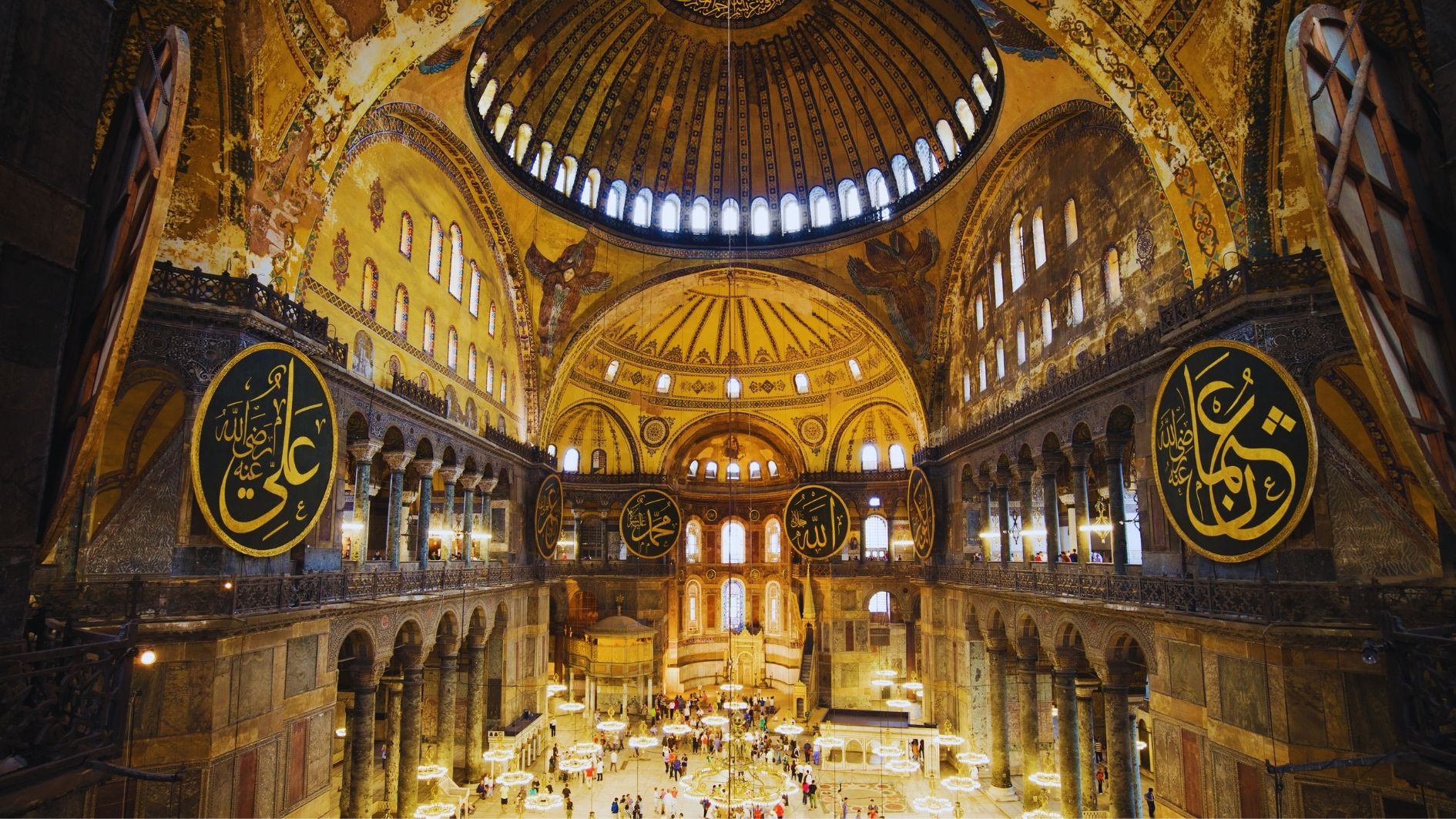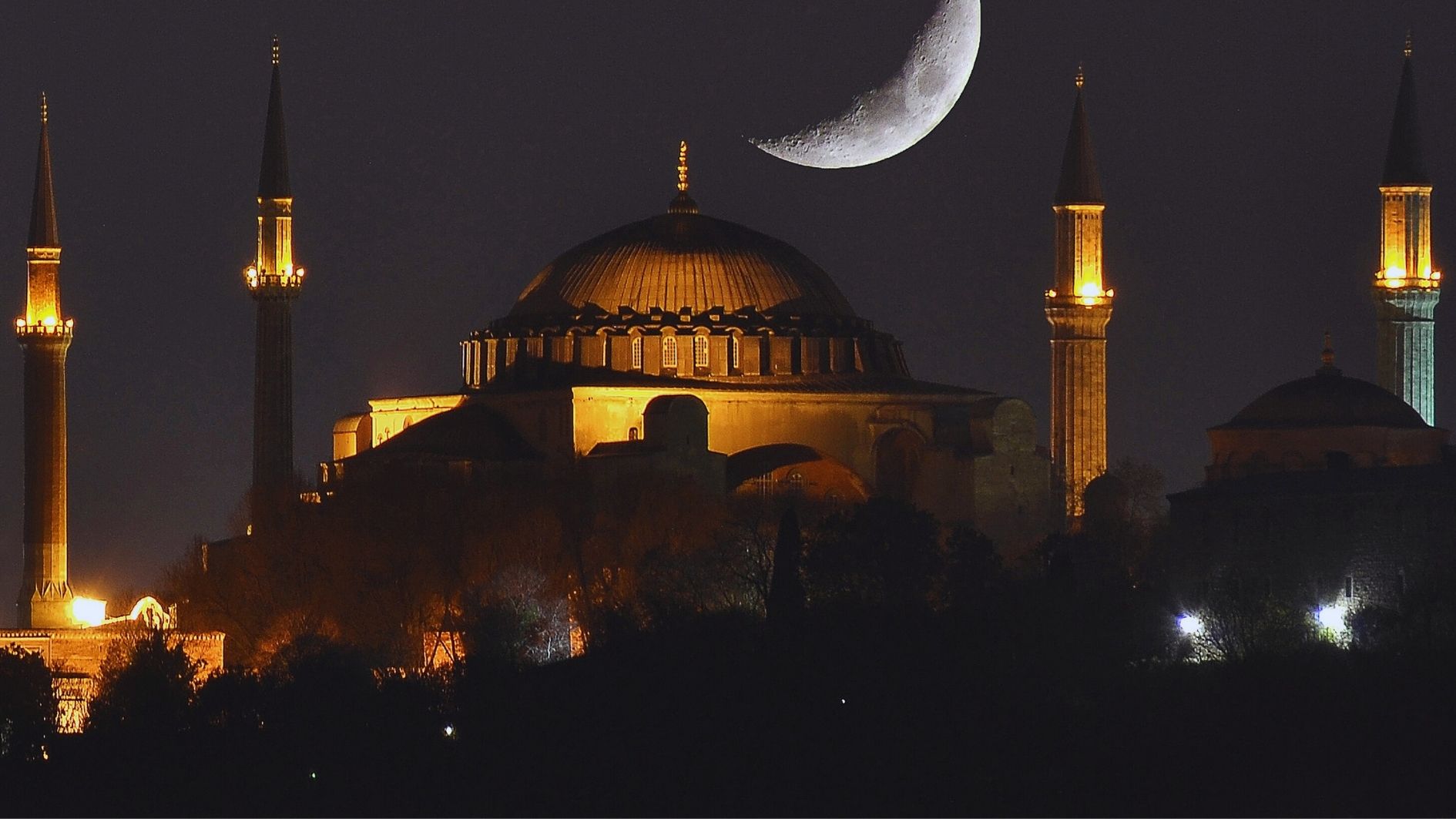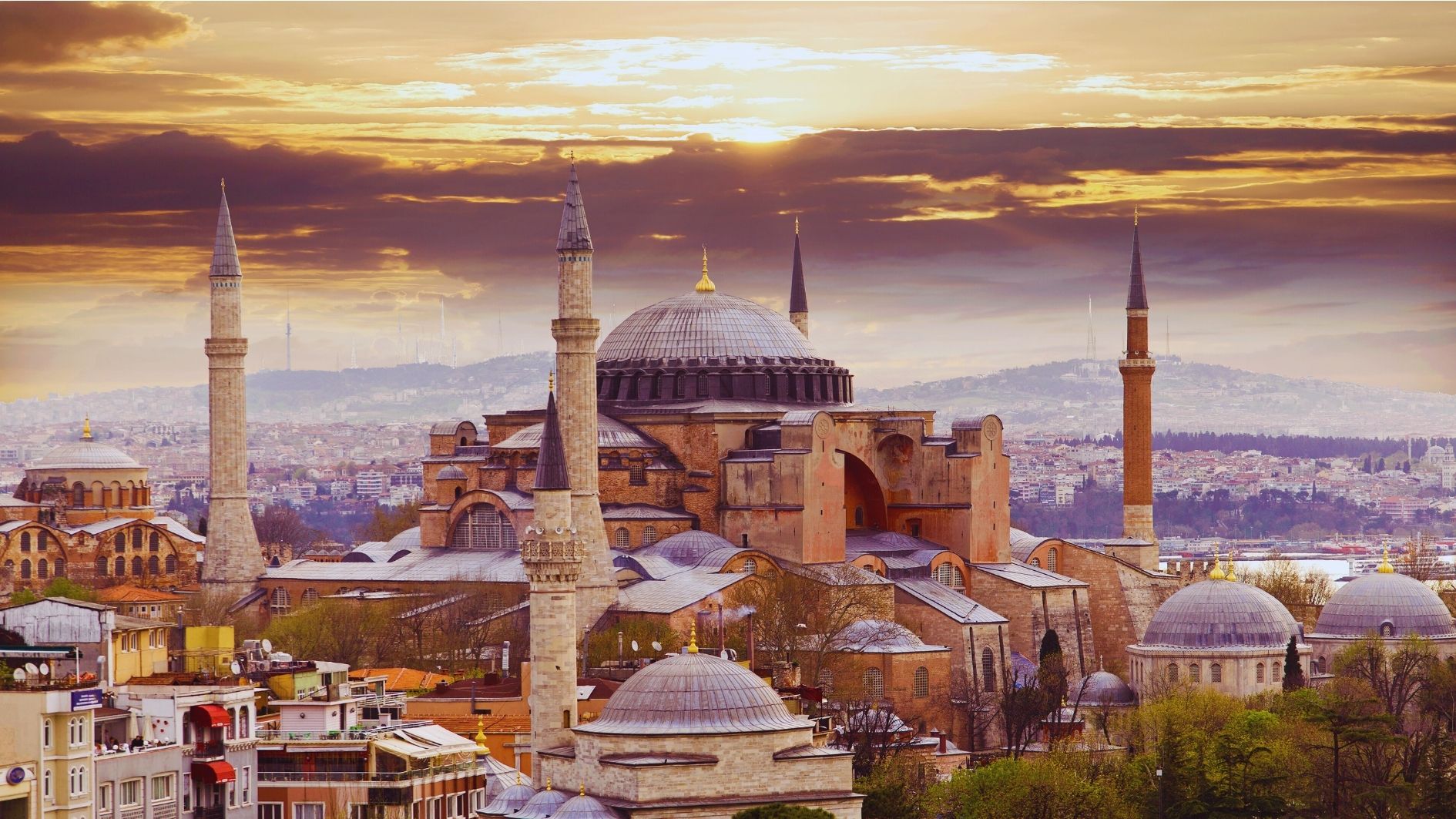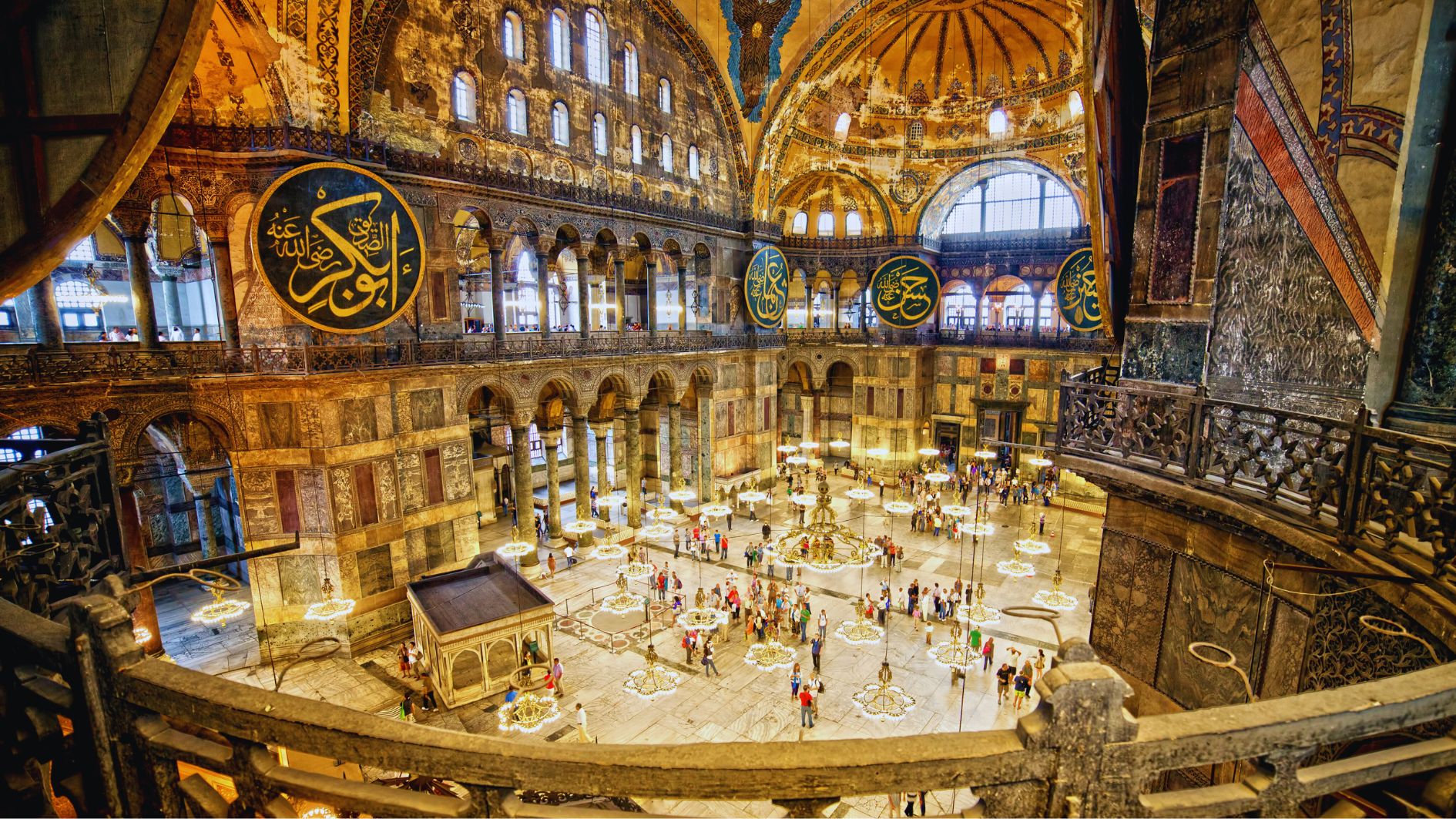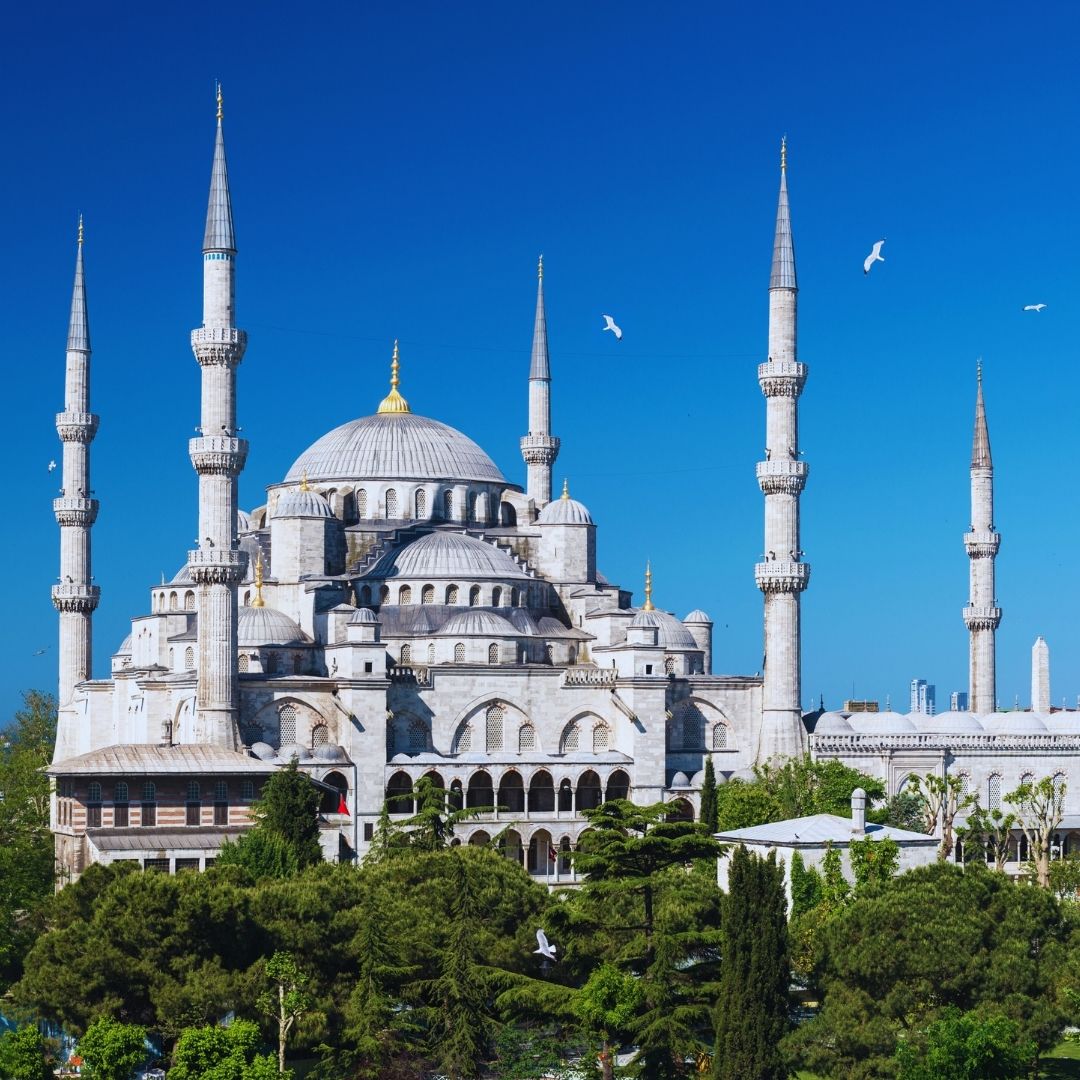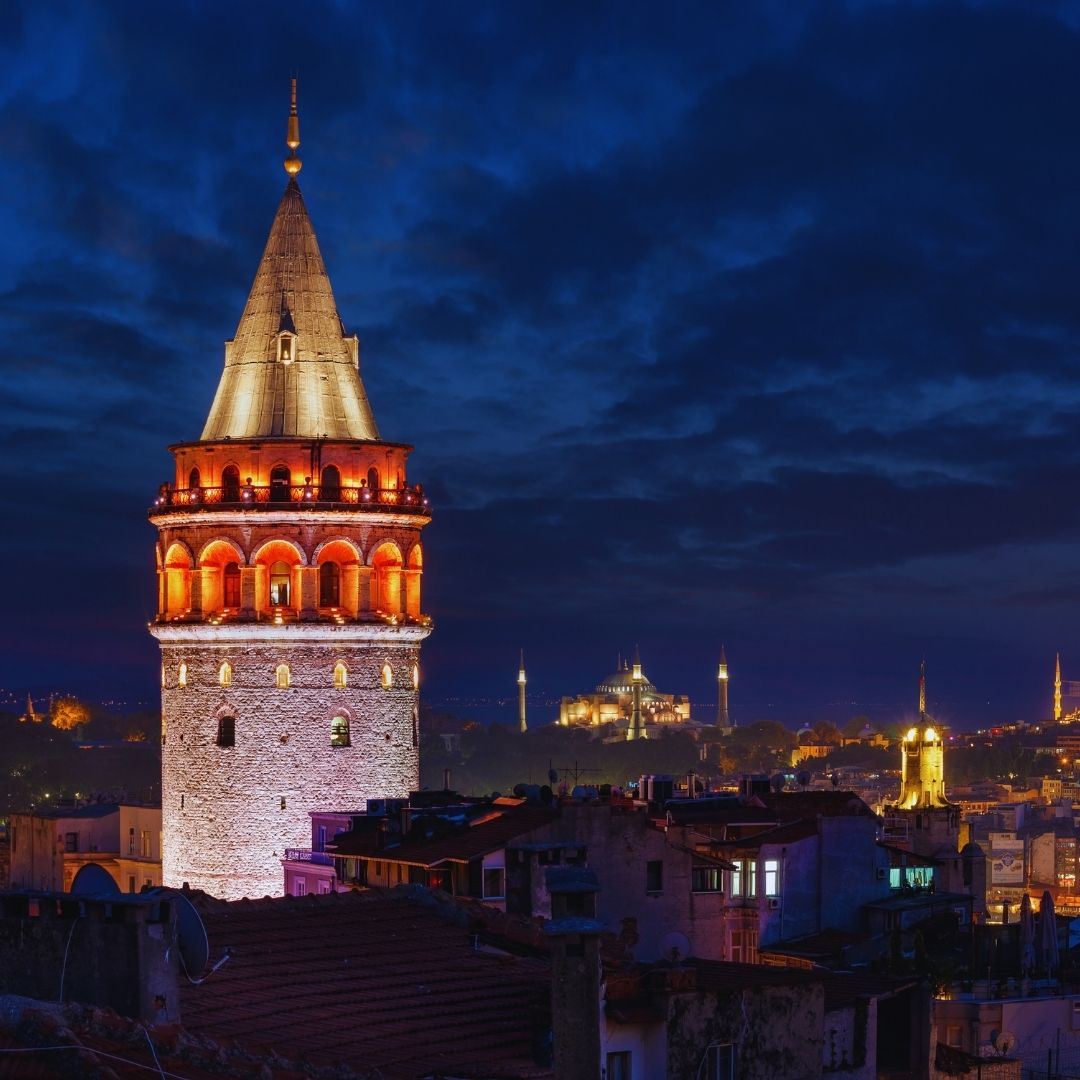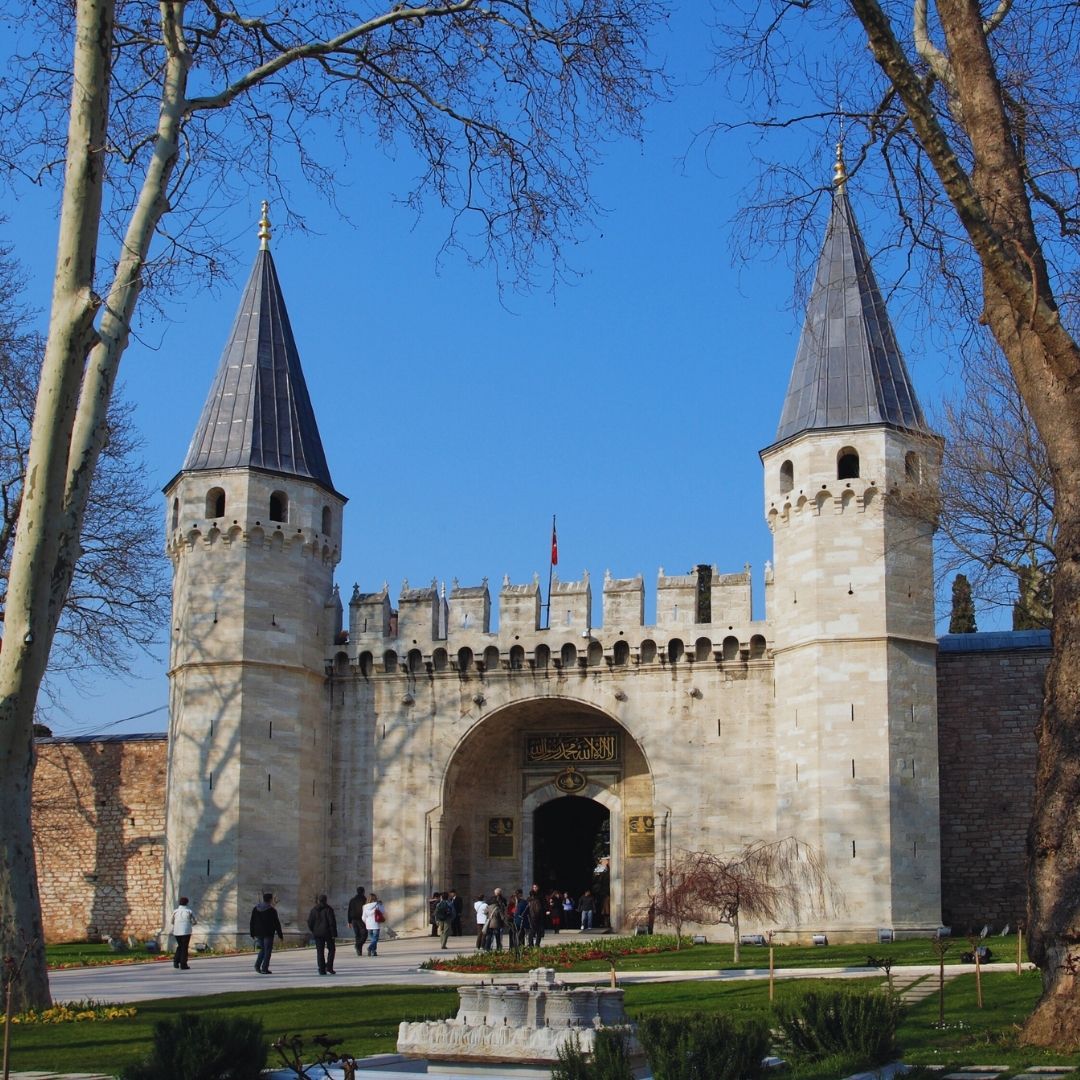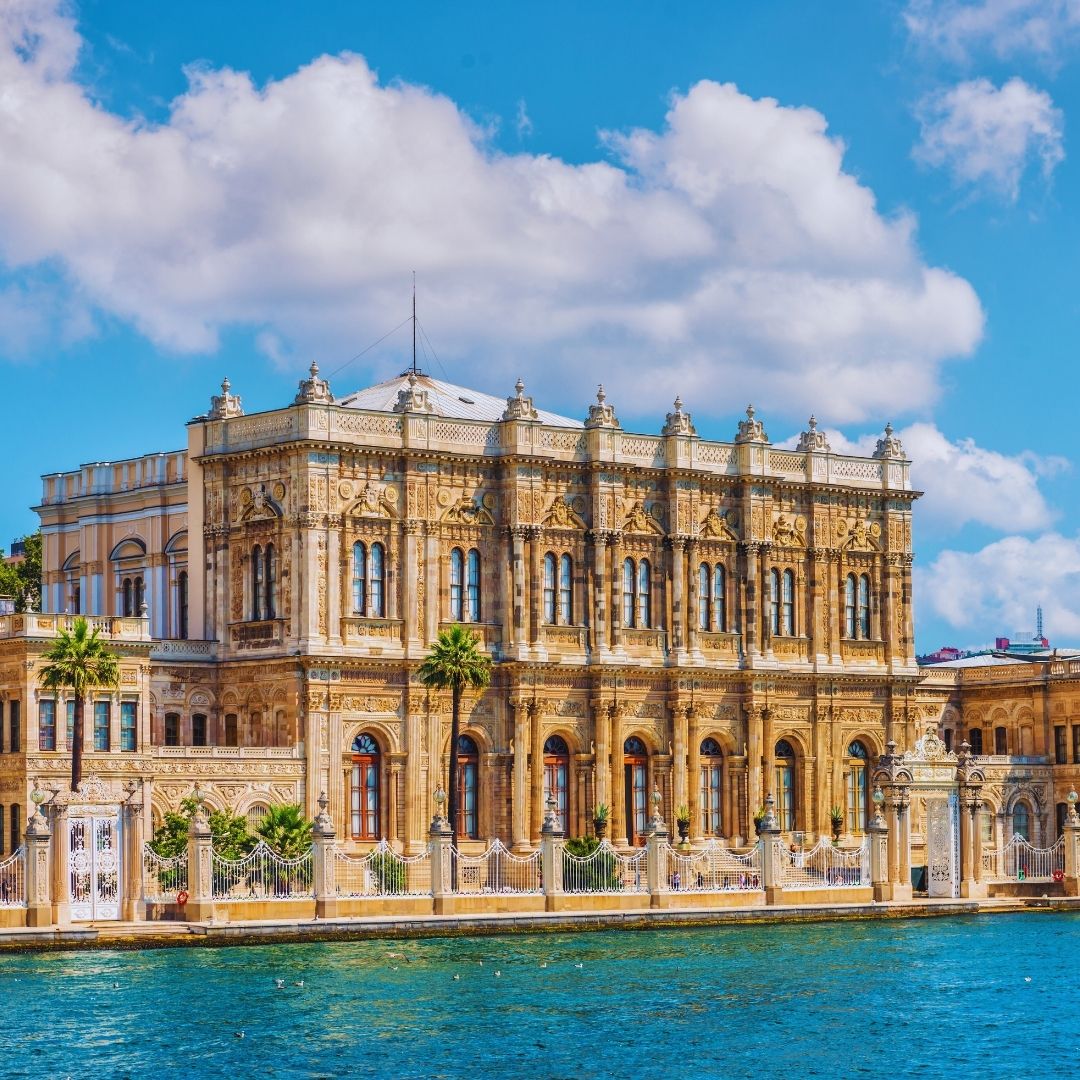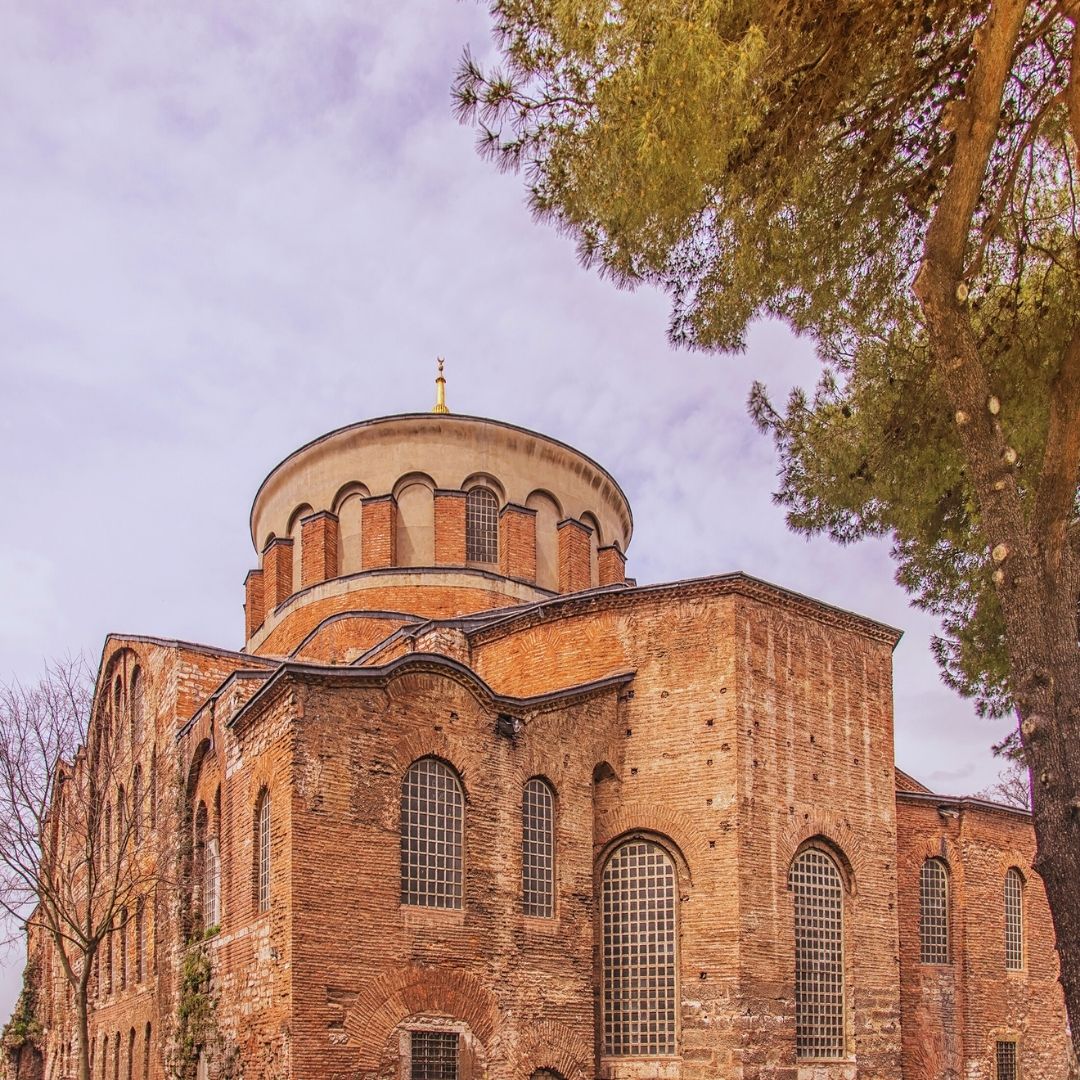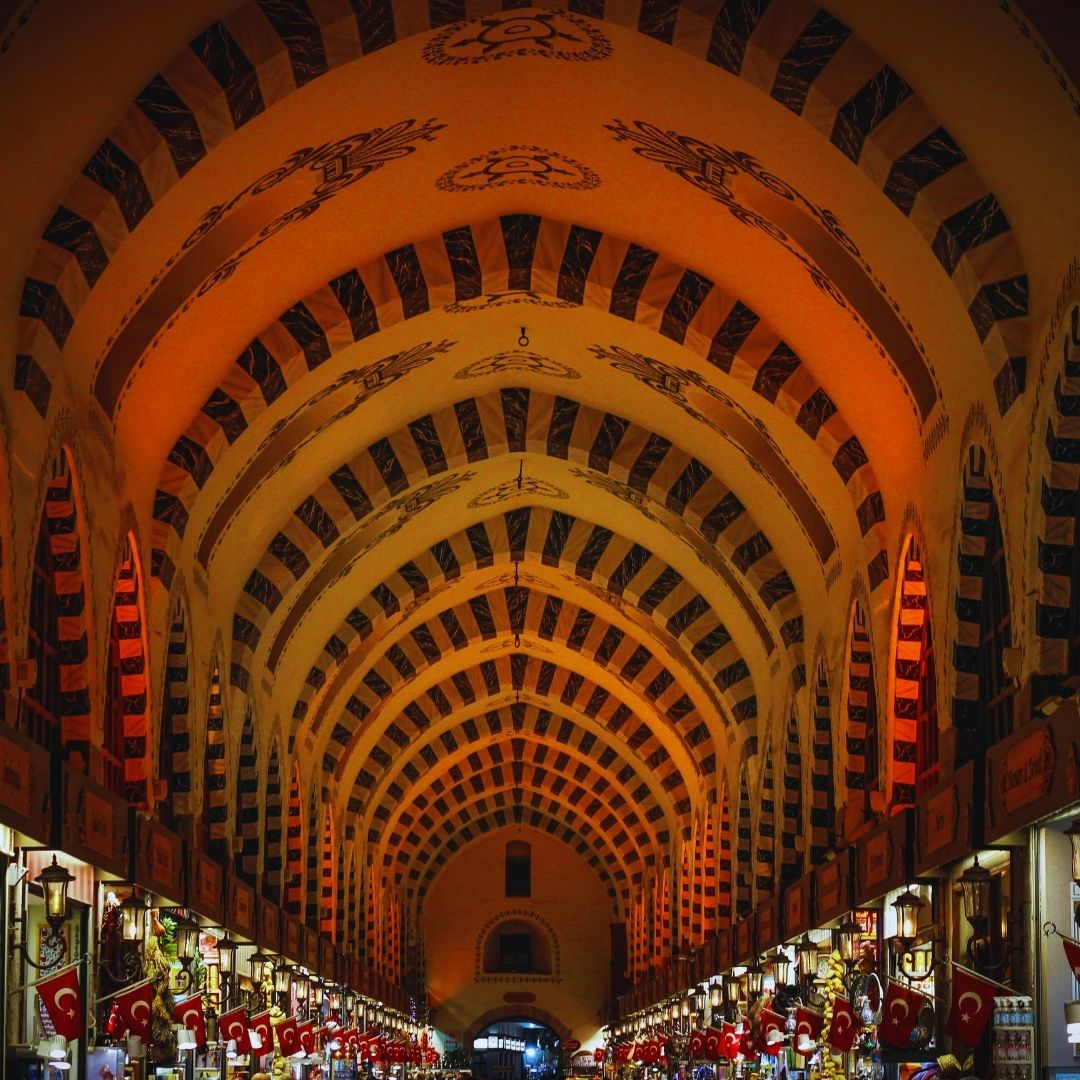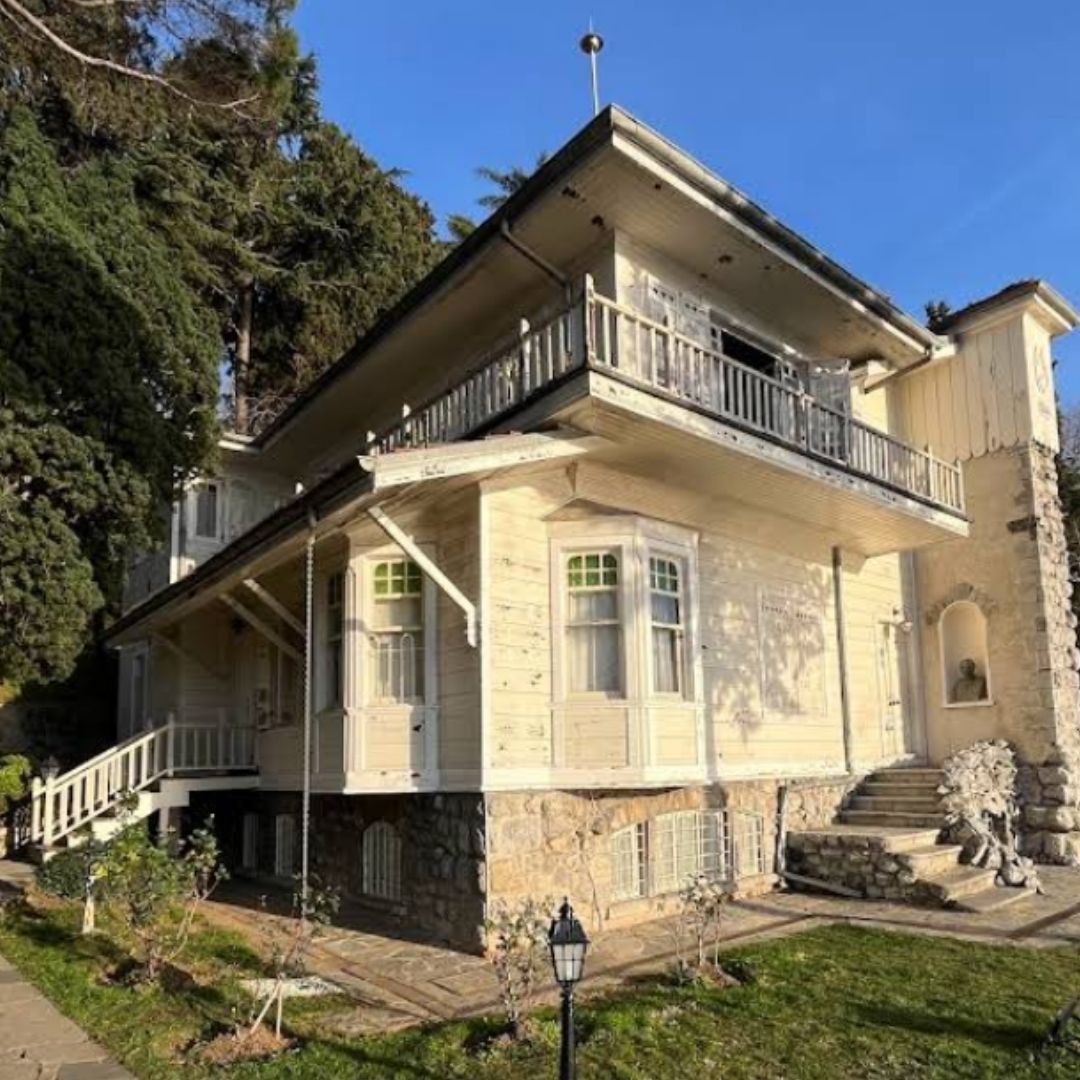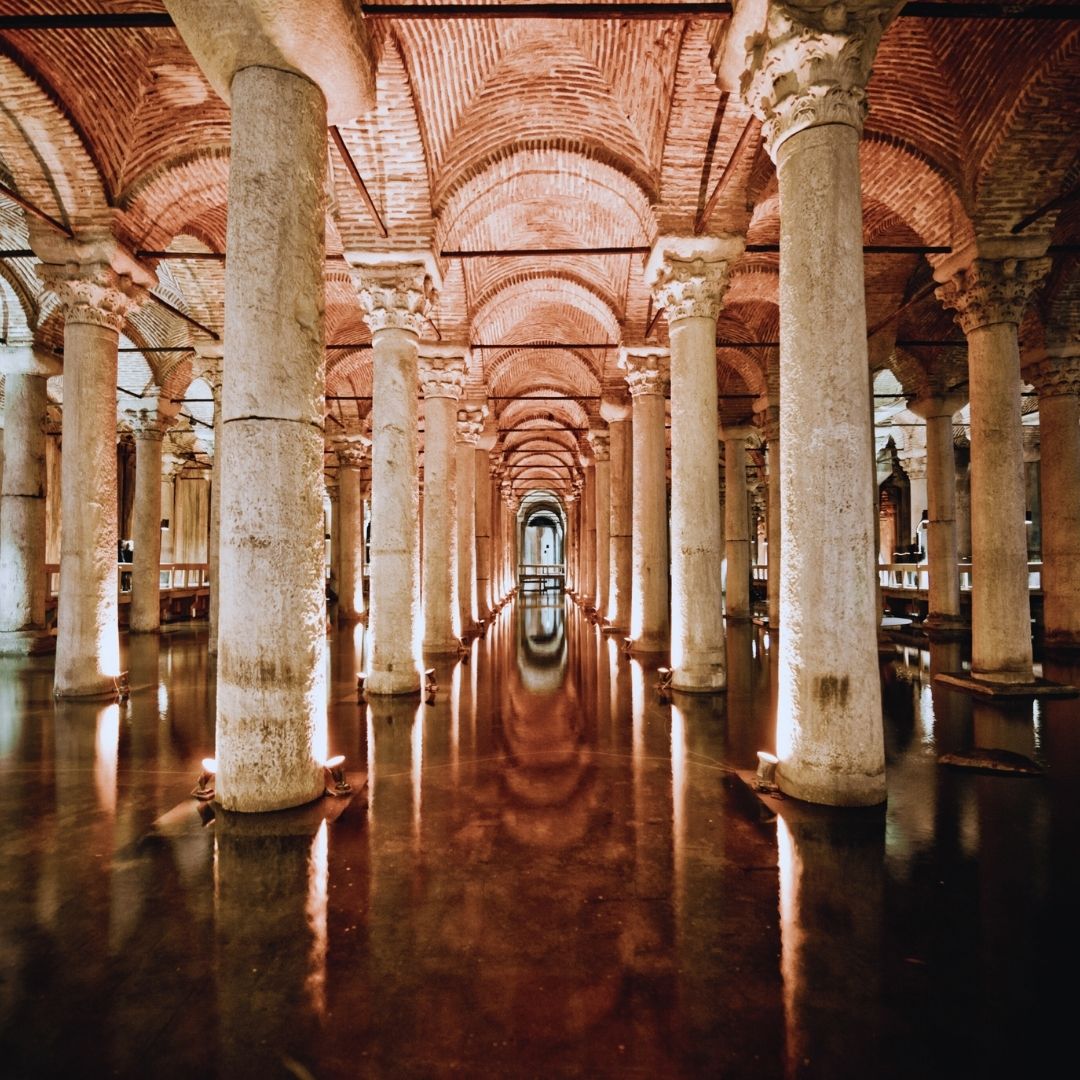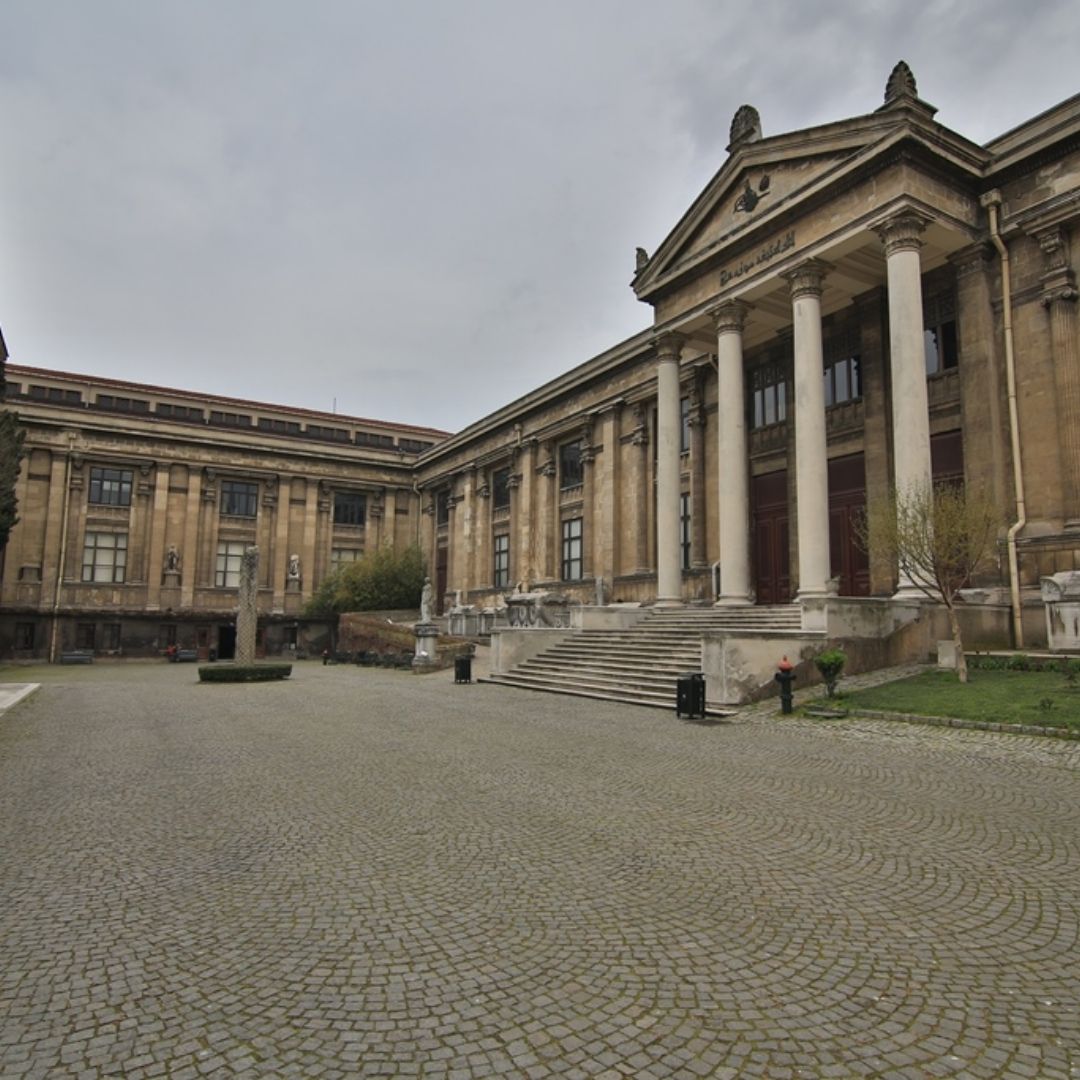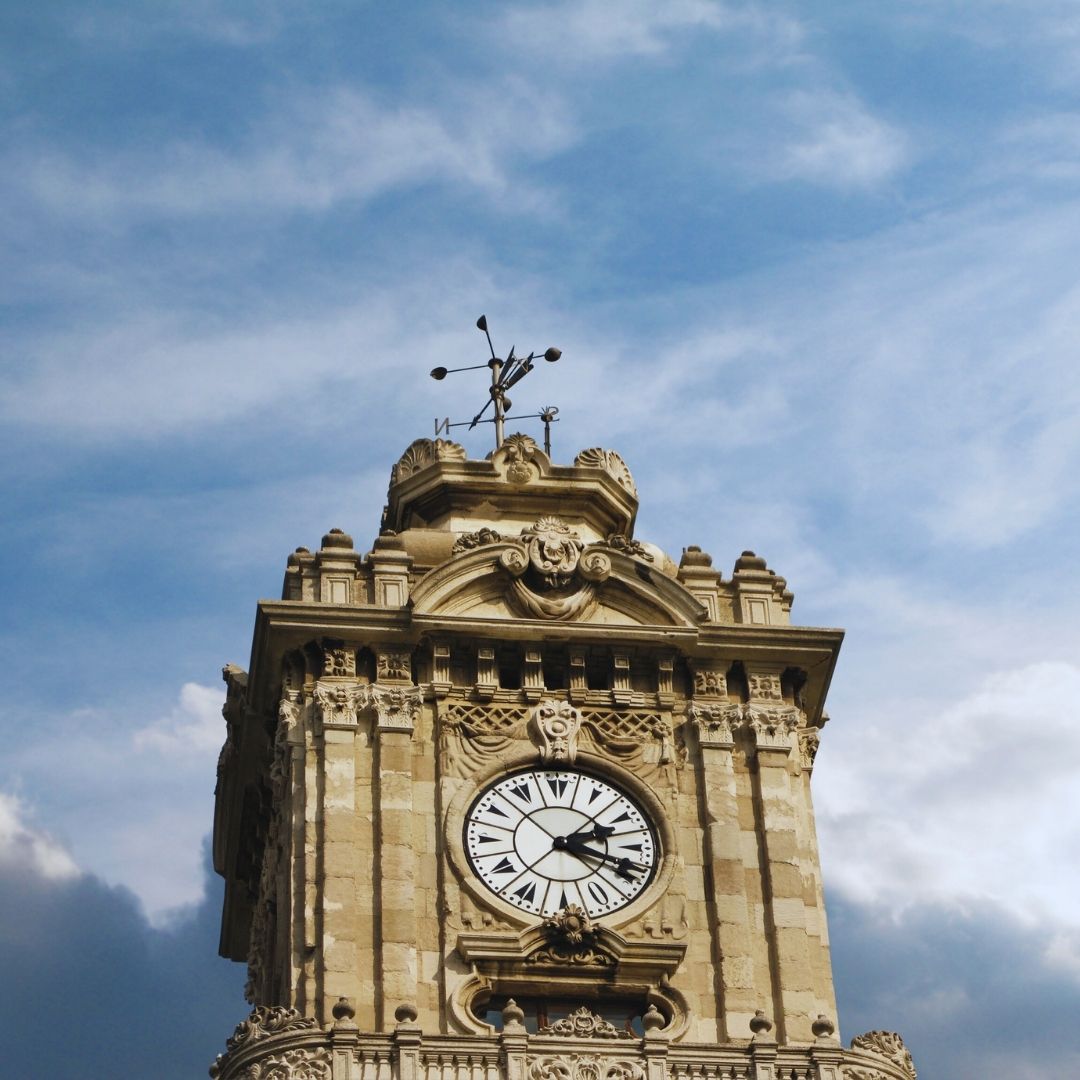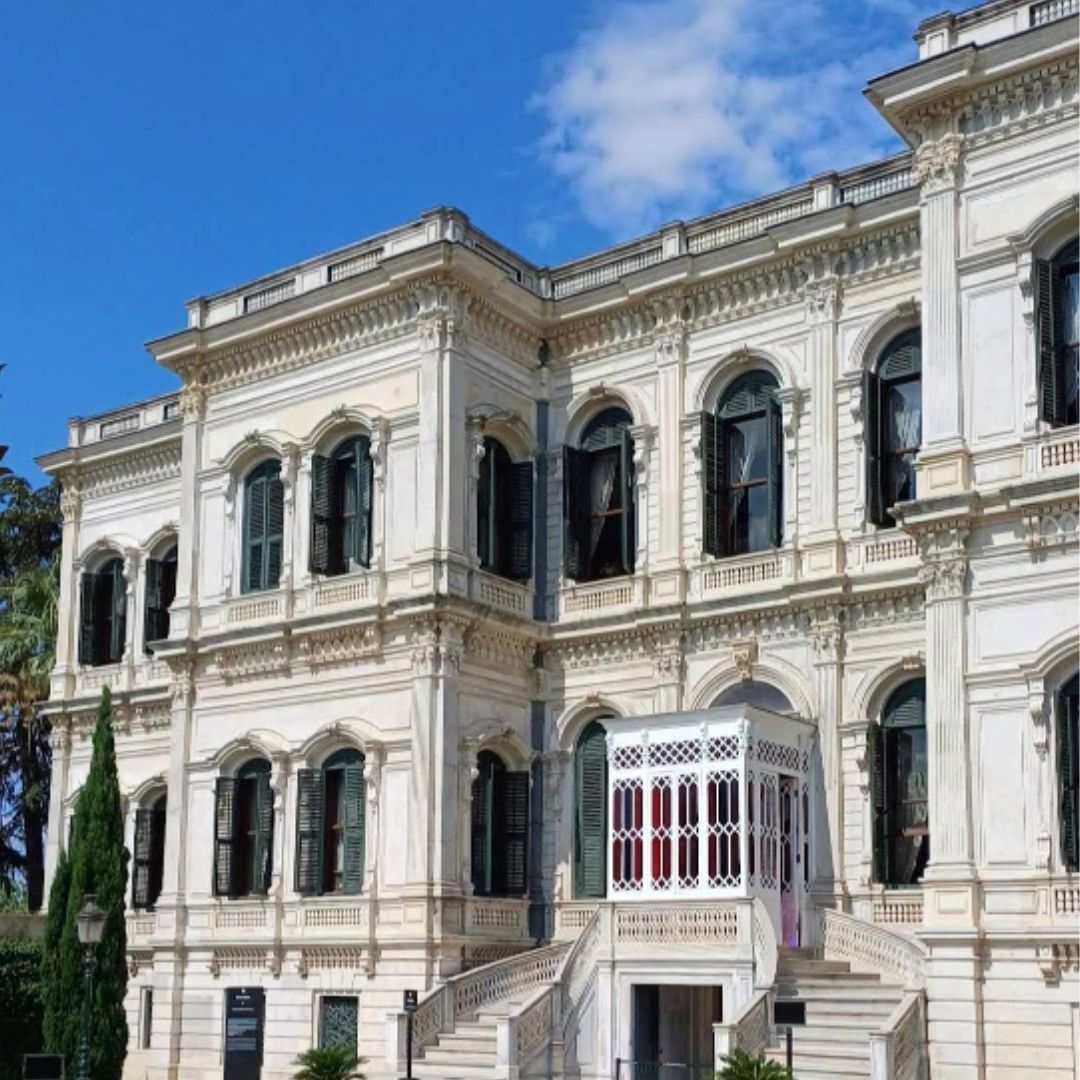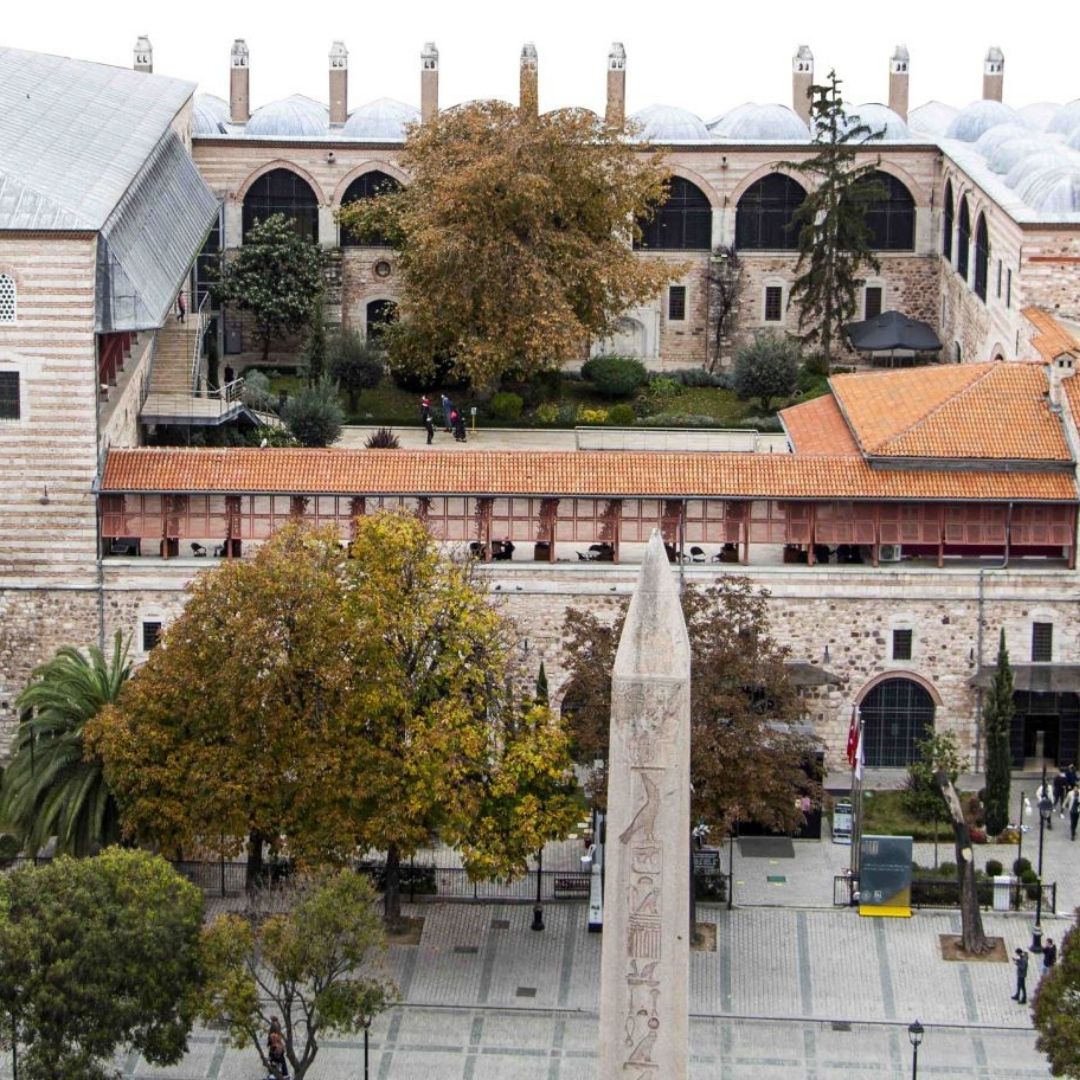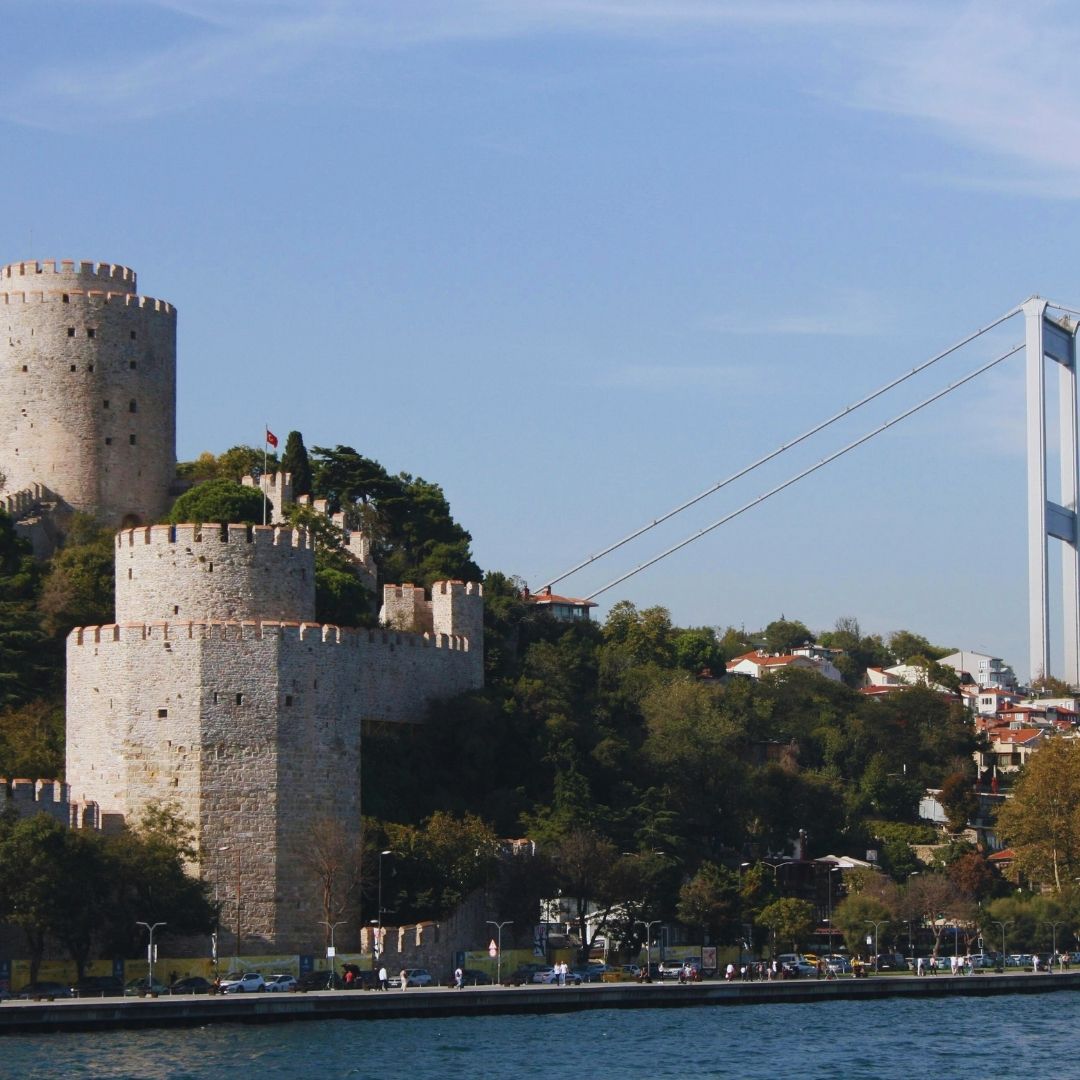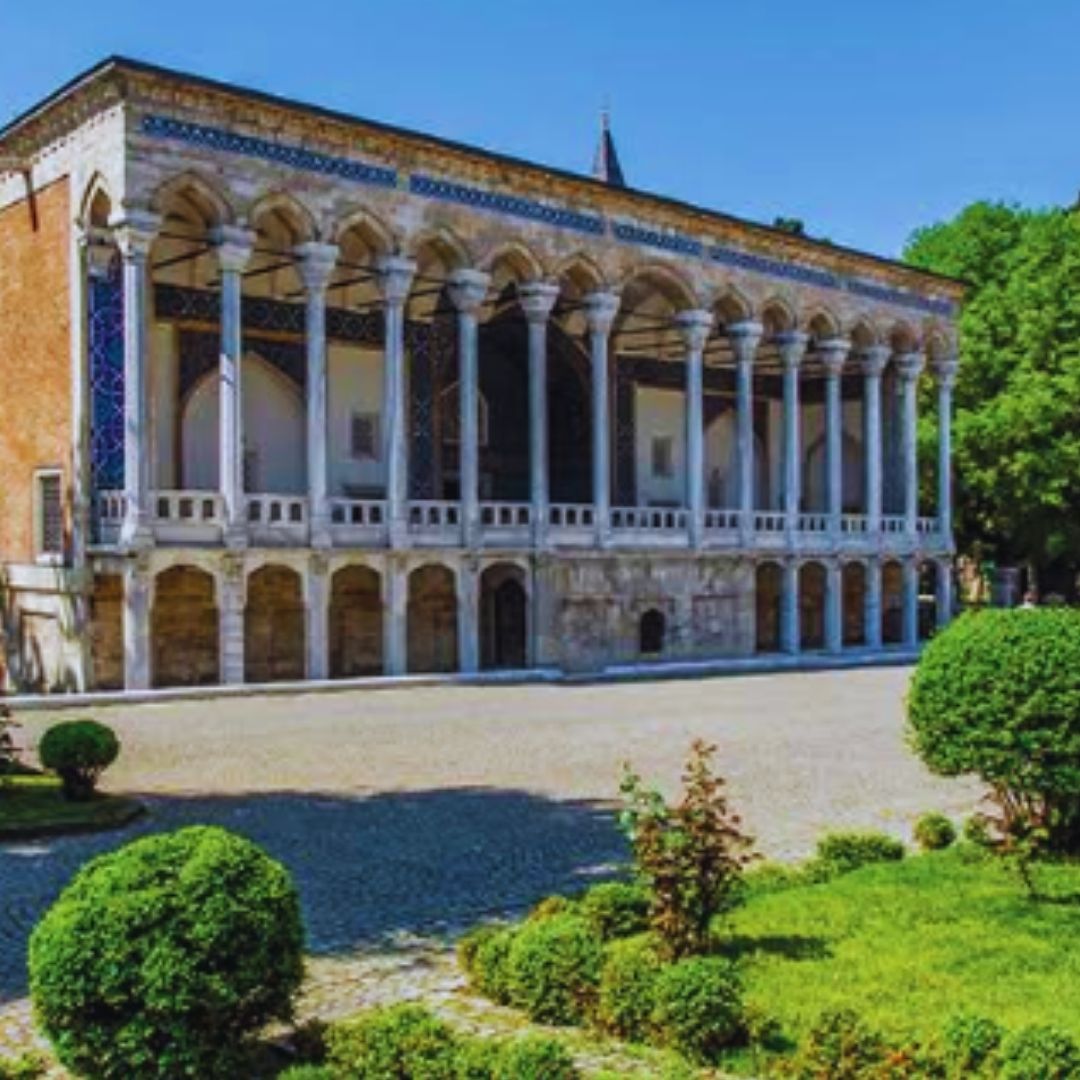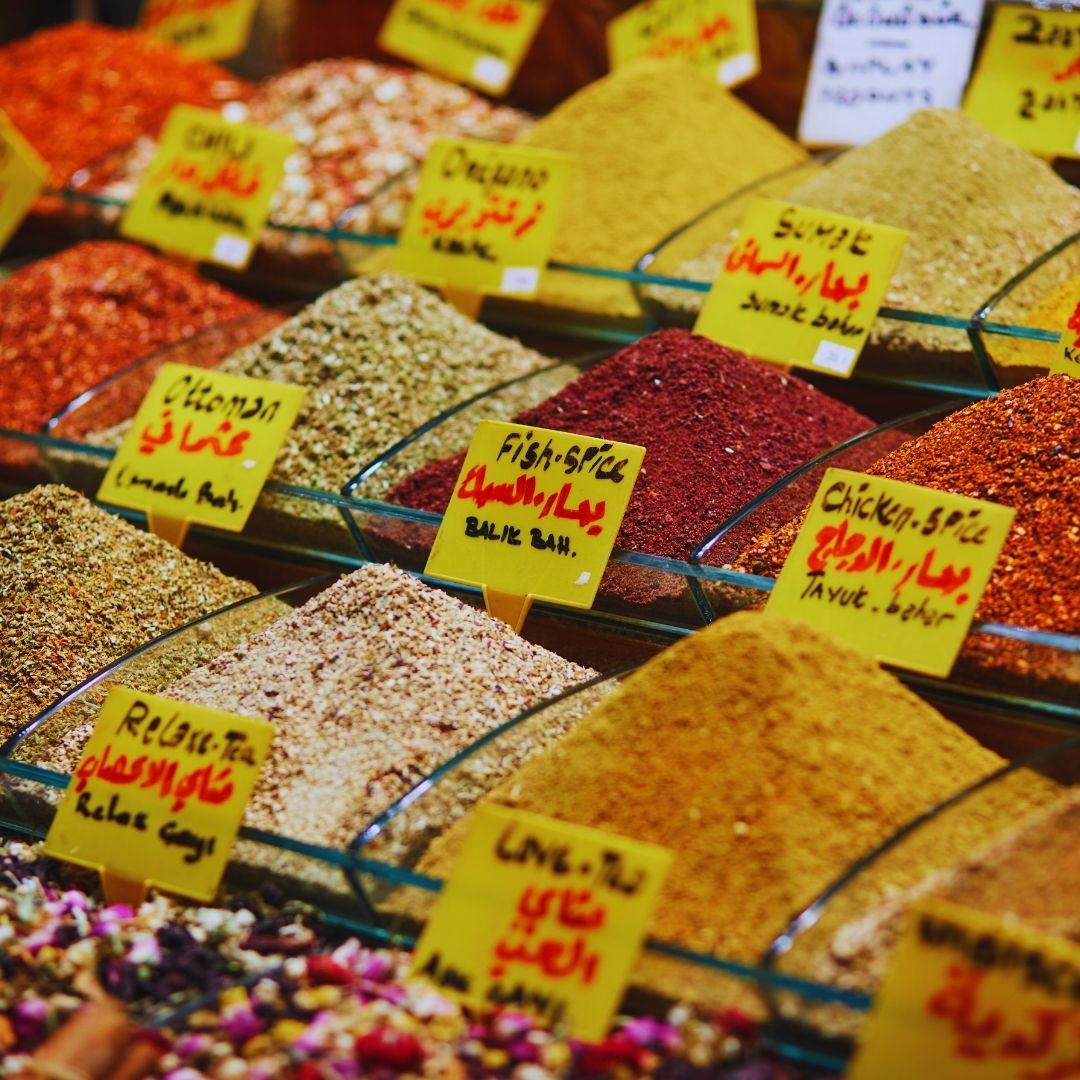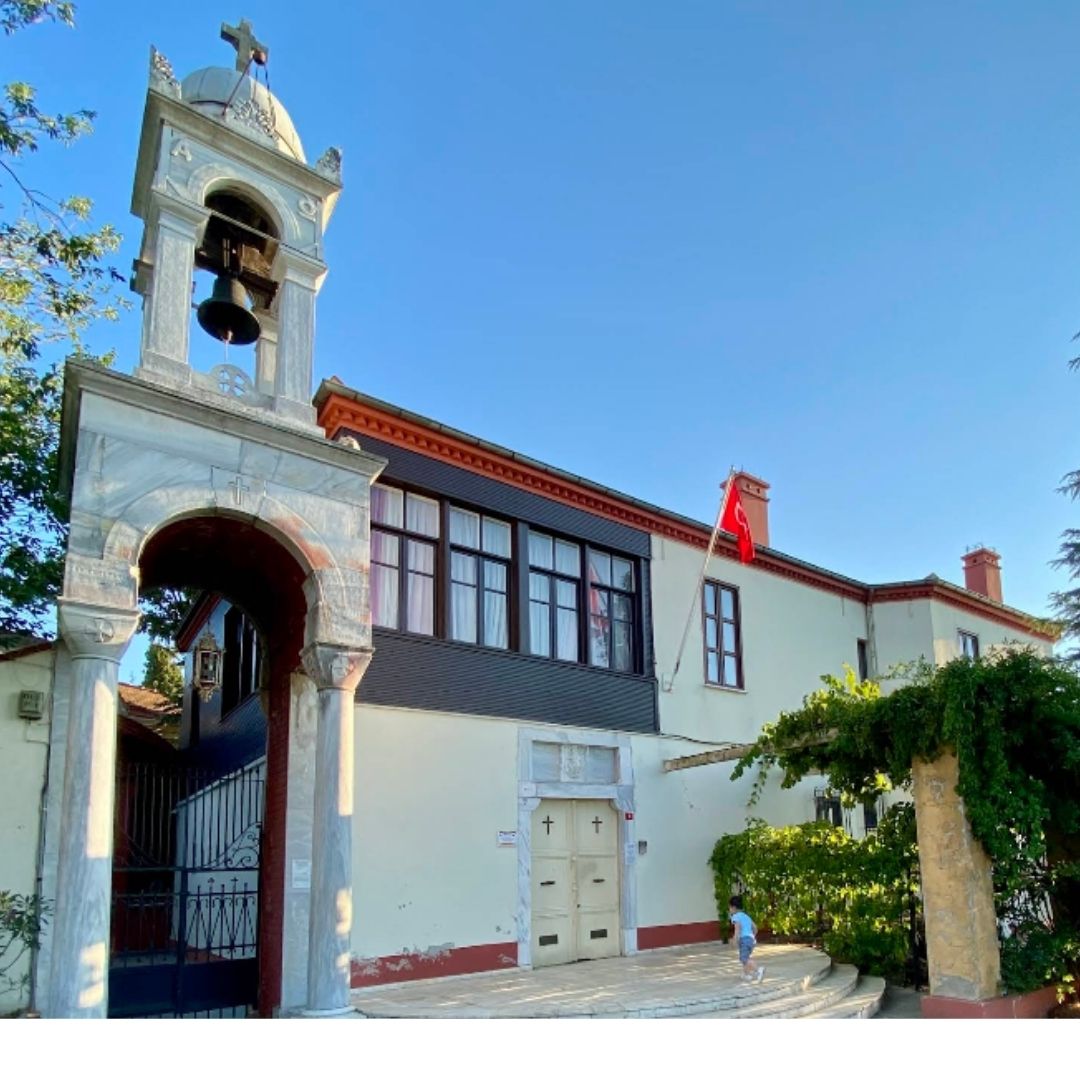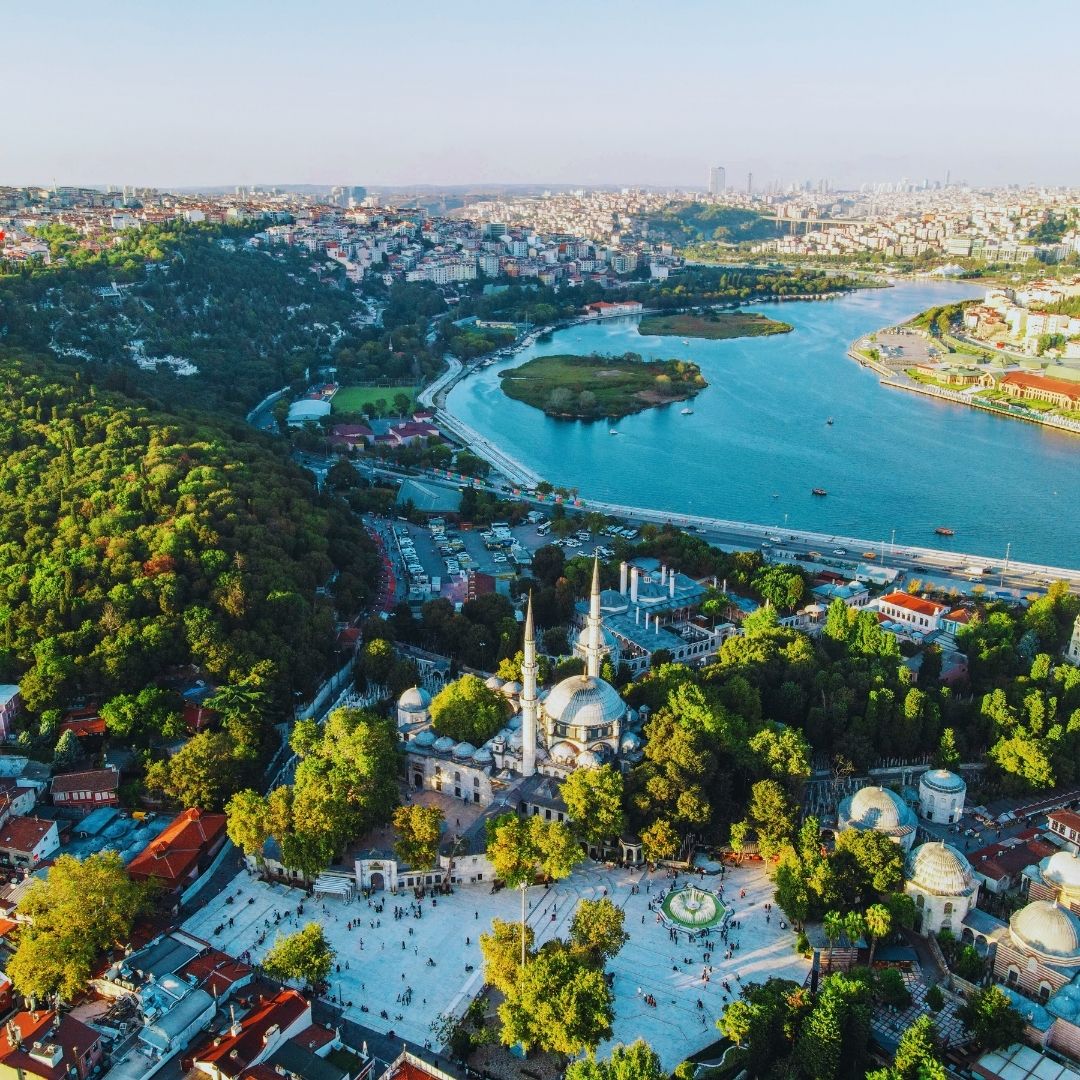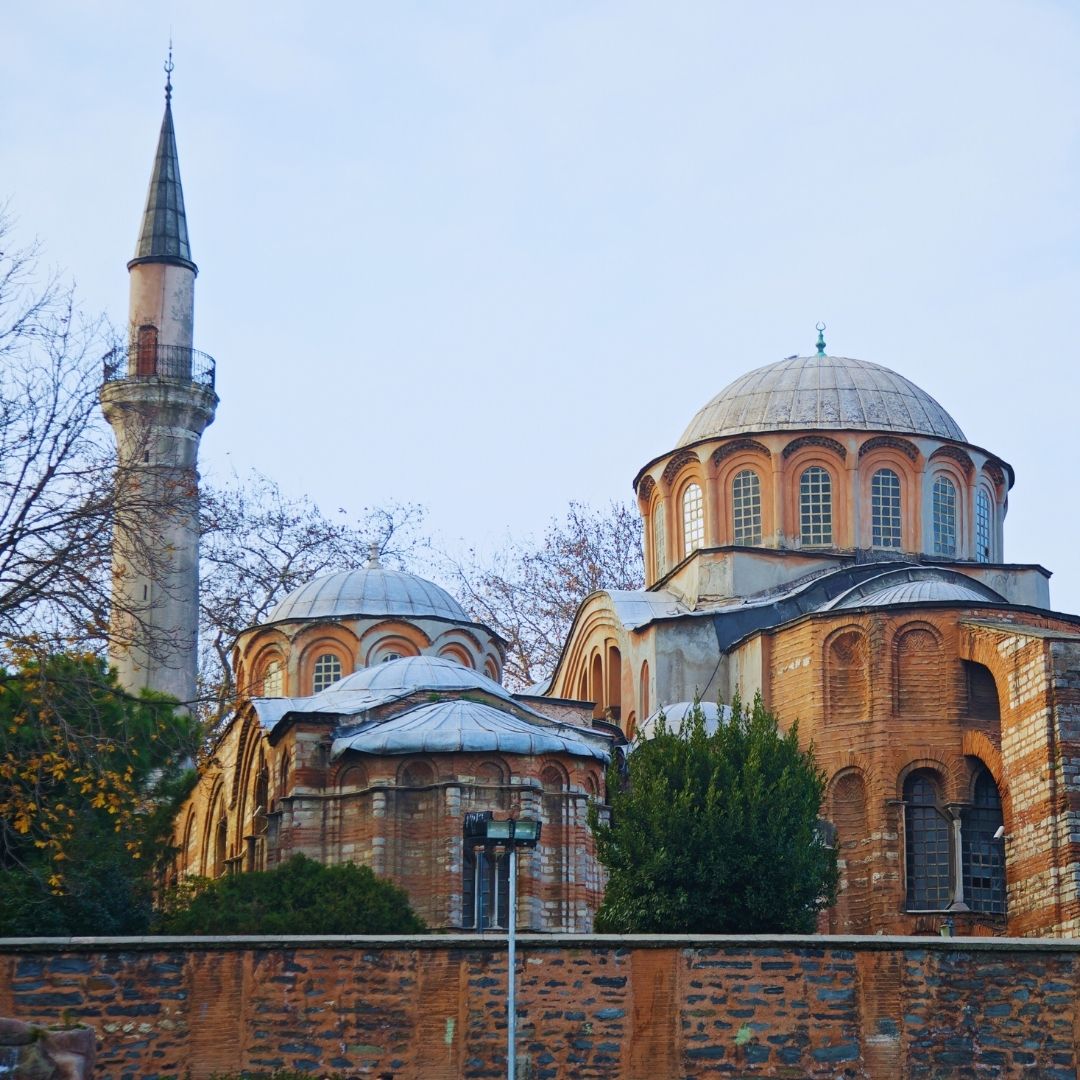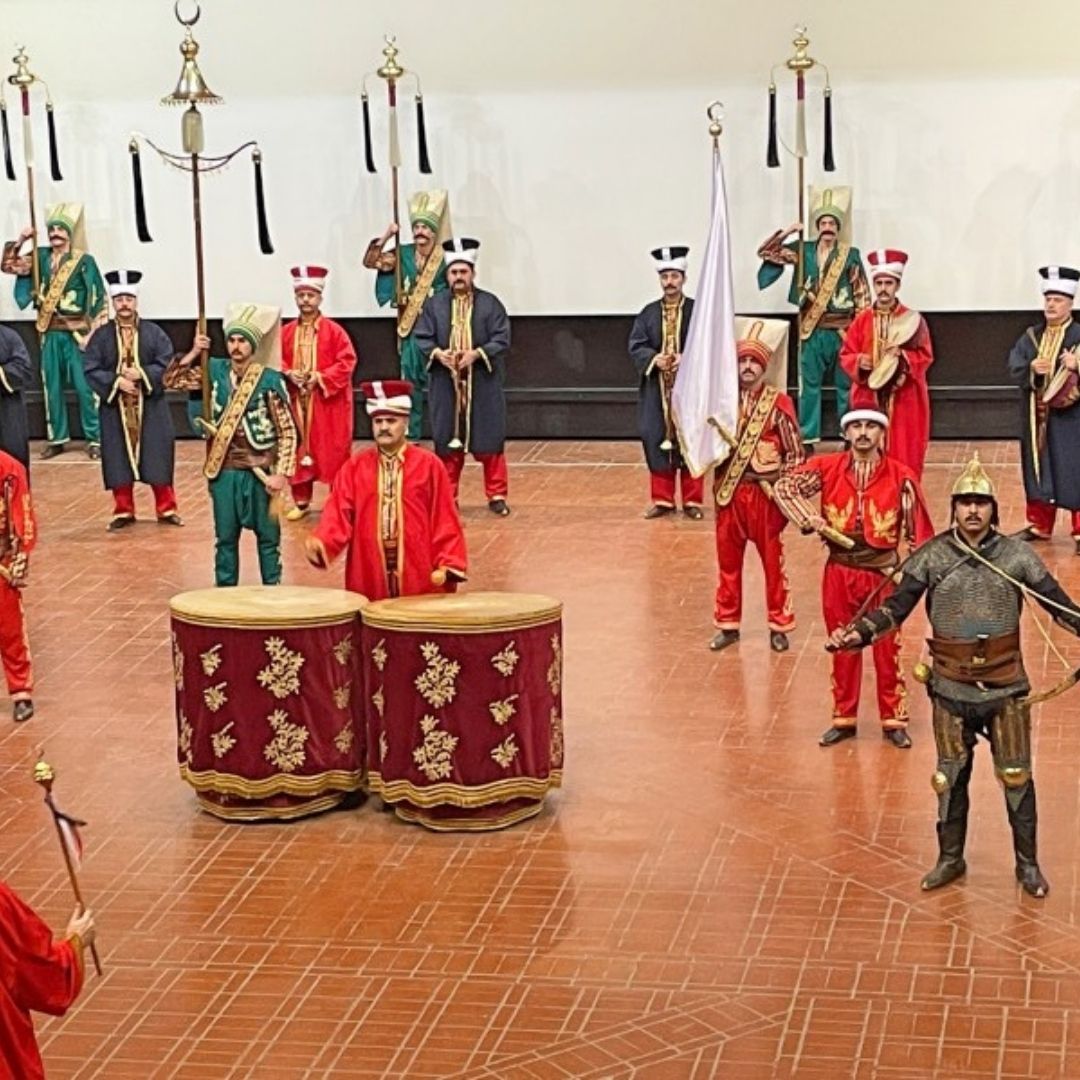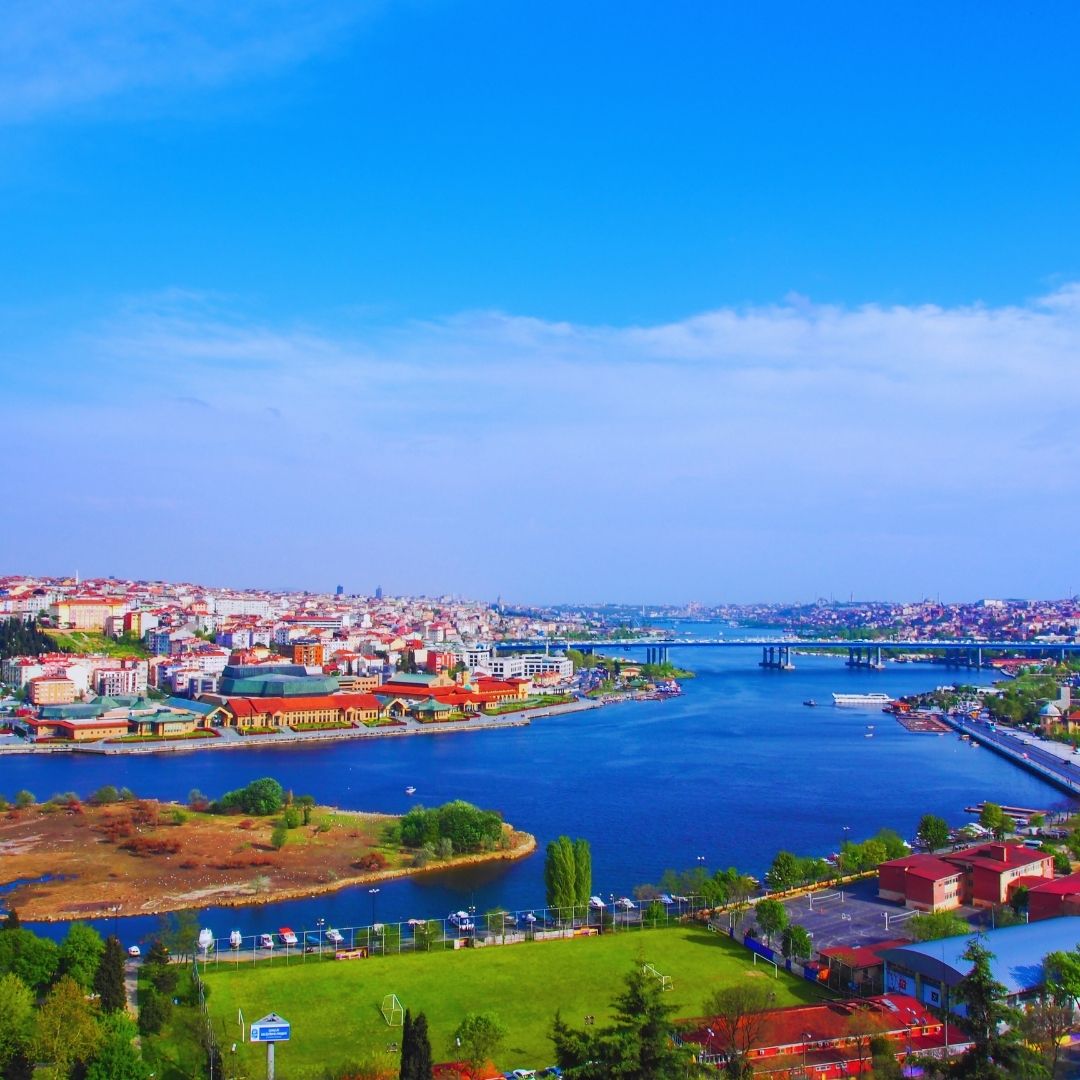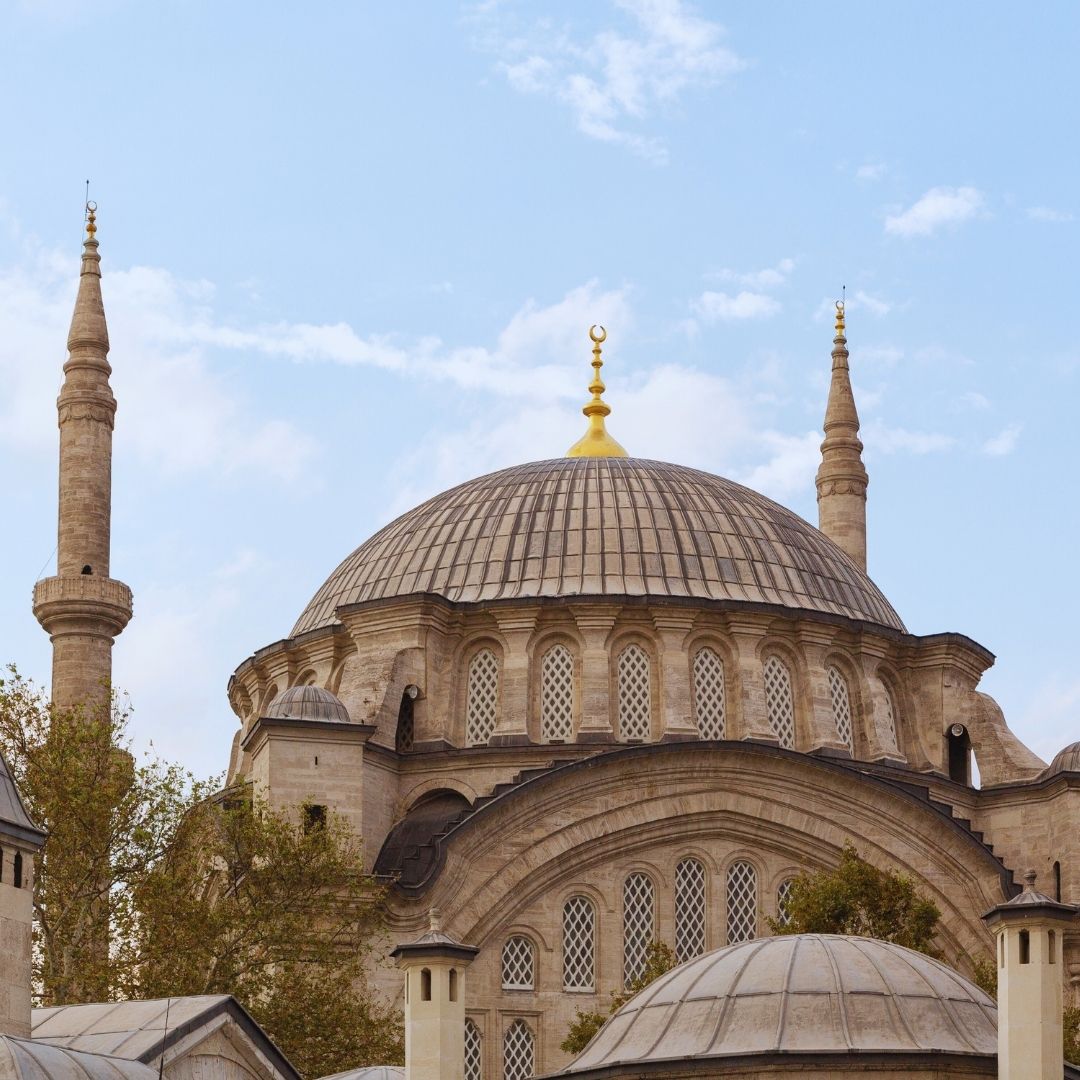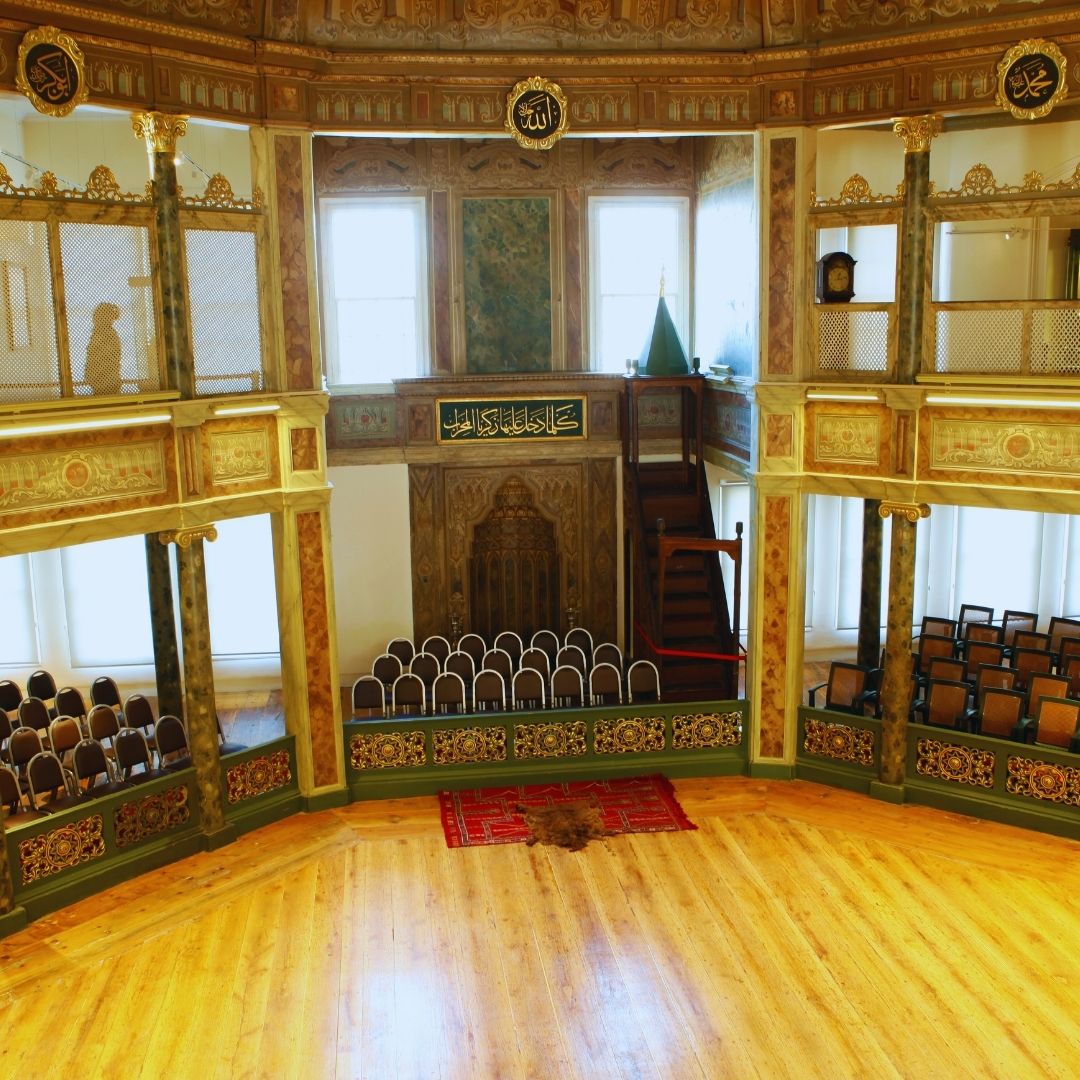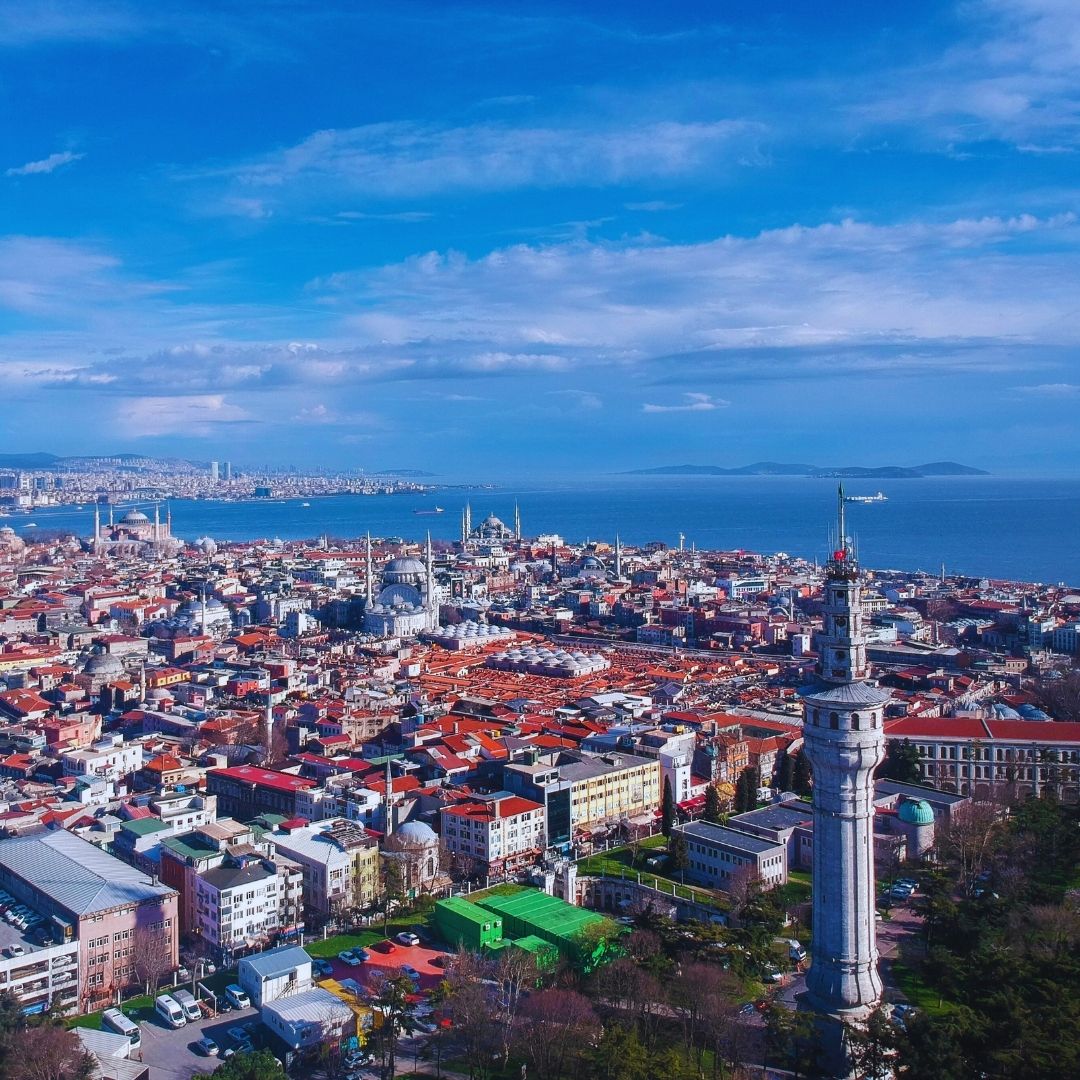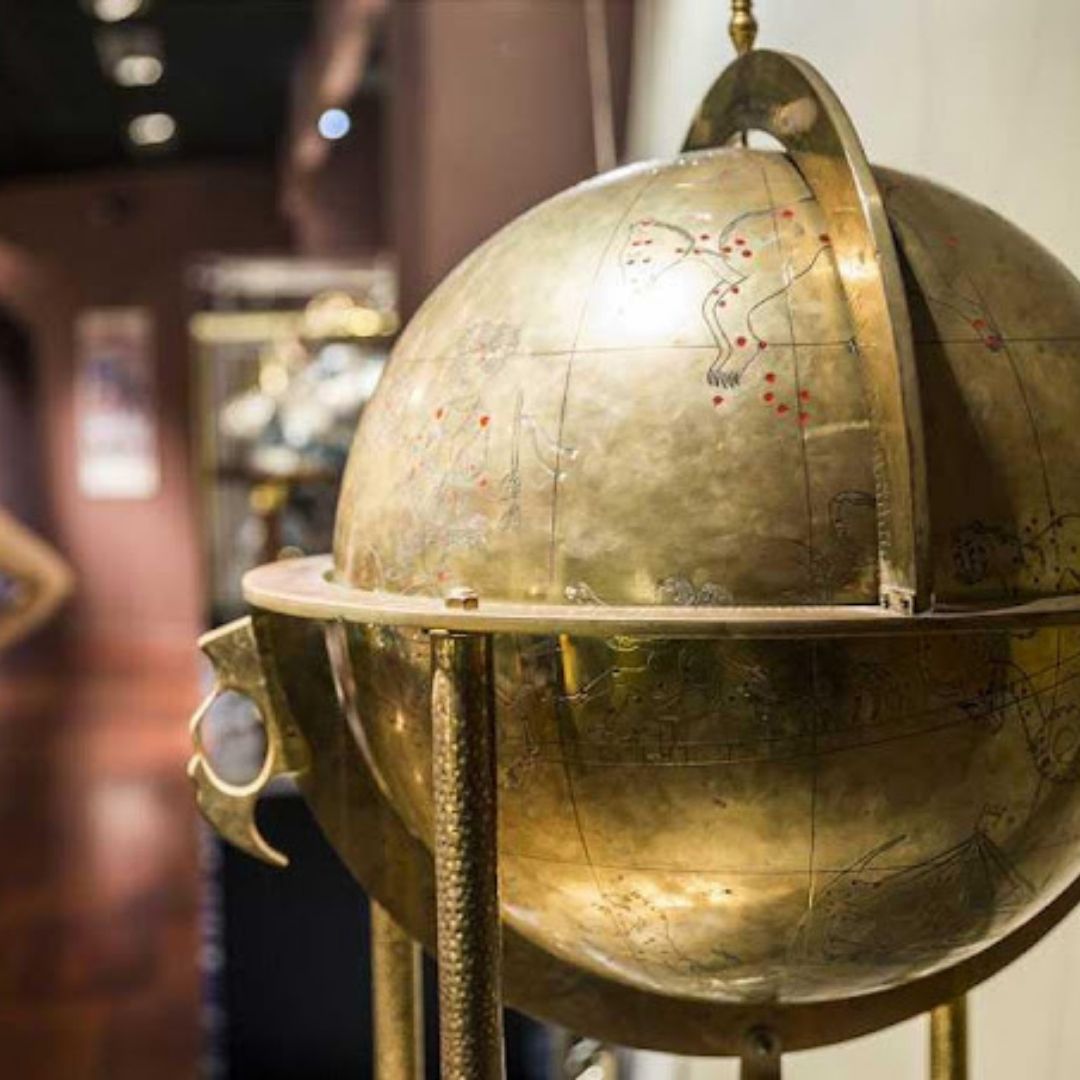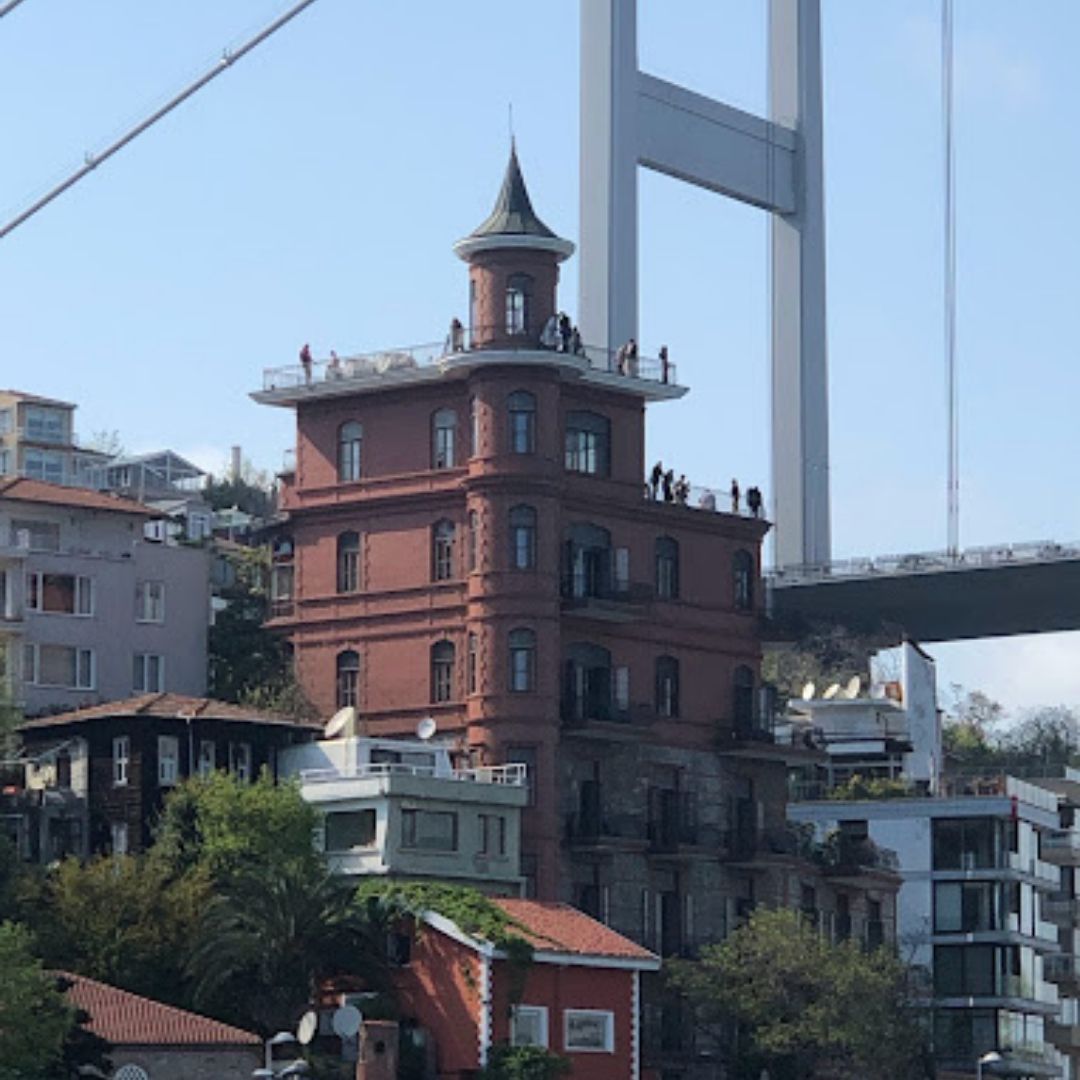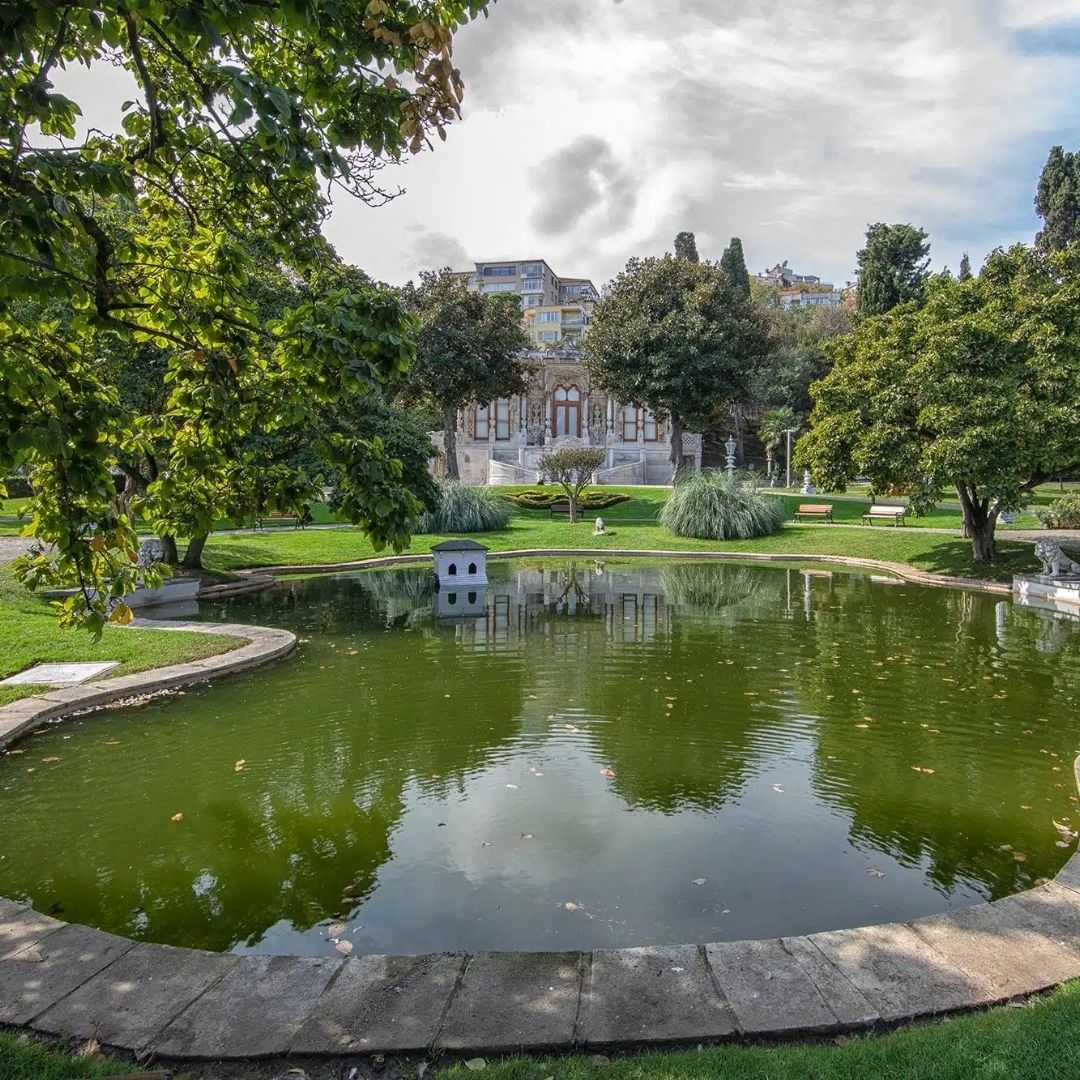Hagia Sophia Grand Mosque
Hagia Sophia Grand Mosque
Travel Point Overview
Hagia Sophia Grand Mosque is one of the most significant monuments in world architectural history. Holding immense cultural and religious value through both Byzantine and Ottoman eras, it is one of Istanbul's most iconic landmarks.
Hagia Sophia Grand Mosque: A Monument of History
📍 Location: Istanbul, Turkey
🏛 Era: Byzantine Empire (537) - Ottoman Empire (1453)
👑 Commissioned by: Emperor Justinian I
🎨 Architectural Style: Byzantine - Ottoman architecture
🛠 Architects: Anthemios of Tralles & Isidore of Miletus
🎟 Entrance: Free
A Masterpiece of World Architecture
Hagia Sophia Grand Mosque is one of the most significant monuments in world architectural history. Holding immense cultural and religious value through both Byzantine and Ottoman eras, it is one of Istanbul's most iconic landmarks.
Originally built as the largest church of the Eastern Roman Empire, the structure has undergone three reconstructions in the same location. Initially called Megale Ekklesia (Great Church) when completed in 360 AD by Emperor Constantius, it was later renamed Hagia Sophia (Holy Wisdom). The current building was constructed in 537 AD under Emperor Justinian I, with renowned architects Anthemios of Tralles and Isidore of Miletus overseeing the project.
For 916 years, the structure functioned as a church until 1453, when Fatih Sultan Mehmed conquered Constantinople and converted it into a mosque. During the Ottoman period, mihrabs, minbars, müezzin platforms, and minarets were added, adapting it for Islamic worship. In 1934, it was converted into a museum, but in 2020, it regained its status as a mosque.
Architectural Features of Hagia Sophia
🏛 One of the greatest architectural achievements in world history.
🔹 Its massive dome spans 31 meters in diameter and rises 55.6 meters high.
🔹 Giant buttresses help reinforce the structure, allowing it to withstand centuries of earthquakes.
🔹 Specially designed lightweight yet strong bricks were used to support the dome.
🔹 A significant Ottoman addition is the library built by Sultan Mahmud I in 1739.
🔹 During a major restoration between 1847-1849, Kazasker Mustafa İzzet Efendi inscribed the 35th verse of Surah An-Nur from the Quran on the main dome.
Hagia Sophia’s design incorporates mosaics, frescoes, calligraphy, and Ottoman architectural elements, making it one of the most unique artistic and historical sites in the world.
Historical and Artistic Significance of Hagia Sophia
📜 Byzantine Period: Adorned with magnificent mosaics and served as the religious center of Eastern Christianity.
📜 Ottoman Period: Converted into a mosque and enriched with Islamic architectural elements.
📜 Republican Period: Transformed into a museum in 1934, then reinstated as a mosque in 2020.
Hagia Sophia’s Mosaics and Ottoman Additions
One of the most striking aspects of Hagia Sophia is its blend of Byzantine and Ottoman art. The structure houses mosaics, frescoes, and Islamic calligraphy from different historical periods.
🖼 Notable Mosaics:
- The Apse Mosaic (843): Depicting the Virgin Mary holding baby Jesus.
- Deesis Mosaic (13th century): A portrayal of Jesus Christ, the Virgin Mary, and John the Baptist.
- Imperial Gate Mosaic: Shows Emperor Leo VI in a position of reverence before Christ.
🕌 Notable Ottoman Additions:
- Mihrab, minbar, müezzin platforms, and preaching pulpits.
- Hagia Sophia Library, built by Sultan Mahmud I.
- Madrasah, ablution fountains, sundials, and timekeeping chambers added during the Ottoman era.
How to Get to Hagia Sophia Grand Mosque?
📍 Location: Sultanahmet, Istanbul
🚆 By Public Transport:
- Tram: Take the Bağcılar-Kabataş tram line and get off at Sultanahmet station.
- Bus: Buses from Eminönü, Beyazıt, and Aksaray provide easy access.
- Ferry: From Kadıköy or Üsküdar, take a ferry to Eminönü, then walk or take the tram to Sultanahmet.
- Metro: From Istanbul Airport, take the metro to Aksaray, then switch to the tram for Sultanahmet.
🚗 By Car:
- Parking around Sultanahmet Square is limited, so public transport is recommended.
Visitor Guidelines for Hagia Sophia
✅ Visiting Hours:
- As an active mosque, entry is free.
- Tourist visits are restricted during prayer times. The best times to visit are early morning or late afternoon outside of prayer hours.
✅ Dress Code:
- Women should wear headscarves and cover their shoulders and knees.
- Men should avoid wearing sleeveless tops or shorts above the knee.
✅ Respecting the Sacred Space:
- Silence should be maintained, and visitors should be respectful of worshippers.
- Flash photography is prohibited inside the mosque.
✅ Exploring the Site:
- Visit the upper galleries for a breathtaking panoramic view of the interior.
- Explore the Ottoman-era structures in the courtyard.
Unique Aspects of Hagia Sophia
📜 Continuous History: A rare structure that has served as a church, mosque, and museum across different civilizations.
🕌 Architectural Marvel: One of the largest domes ever built, influencing global architecture.
🎭 Fusion of Cultures: A blend of Byzantine mosaics and Ottoman calligraphy makes it a unique artistic landmark.
🌍 UNESCO Heritage: Recognized as a UNESCO World Heritage Site.
Discover Hagia Sophia with Advisormapp!
📲 Use the Advisormapp app for easy navigation to Hagia Sophia Grand Mosque, access audio guides, and delve into its incredible history. Get ready to explore one of Istanbul’s most mesmerizing monuments! 🚀✨

